Cara Dušana 1
Cara Dušana 1
The National Museum in Čačak is a complex institution that takes care of the cultural heritage of Čačak and its immediate surroundings, including the area of Dragačevo and Ivanjica. Preservation and promotion of a particular cultural identity are based on research and presentation of remnants of the past, from paleontology and archeological artifacts through folk and artistic creation, to the presentation of topics from both national and regional history.
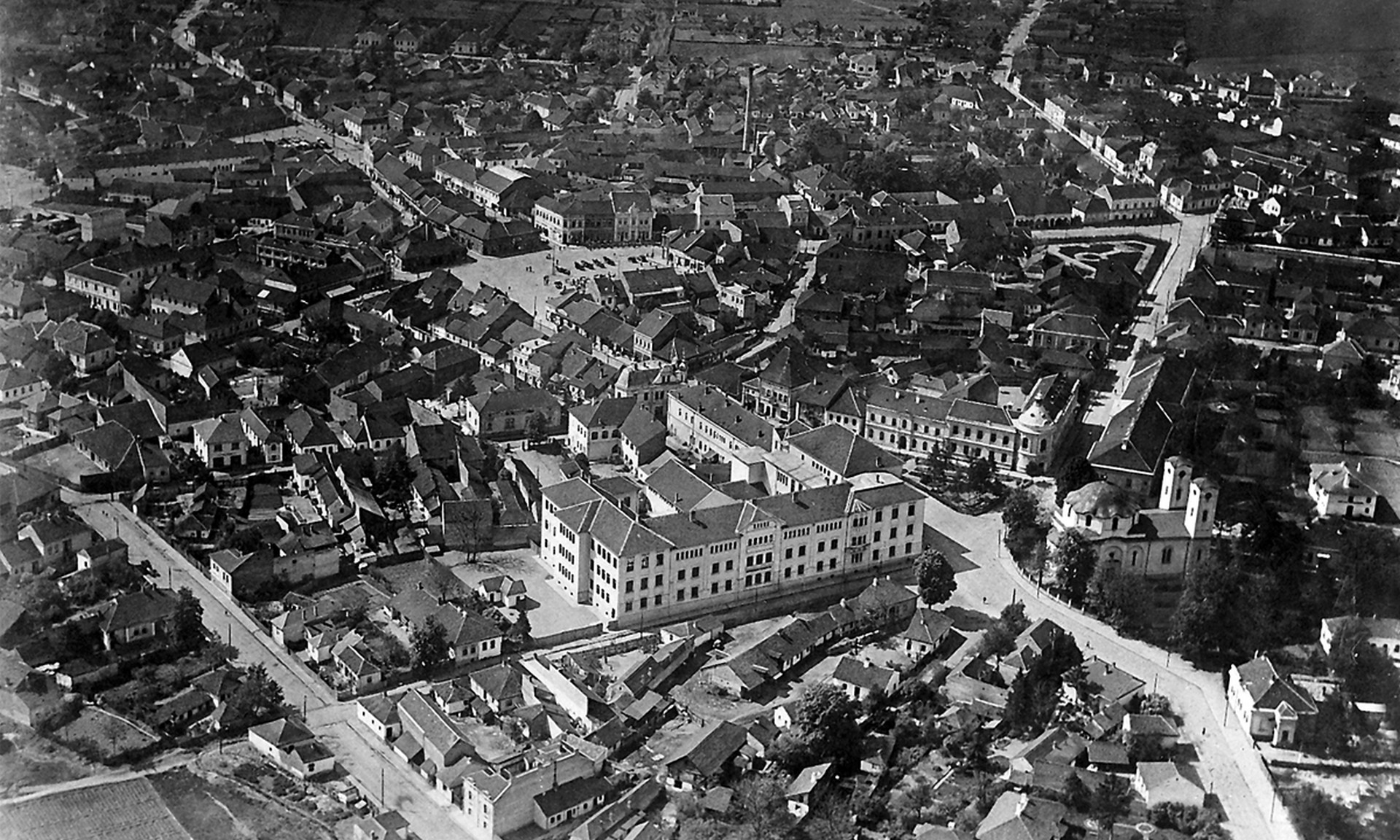 © N.Muzej Čačak
© N.Muzej Čačak
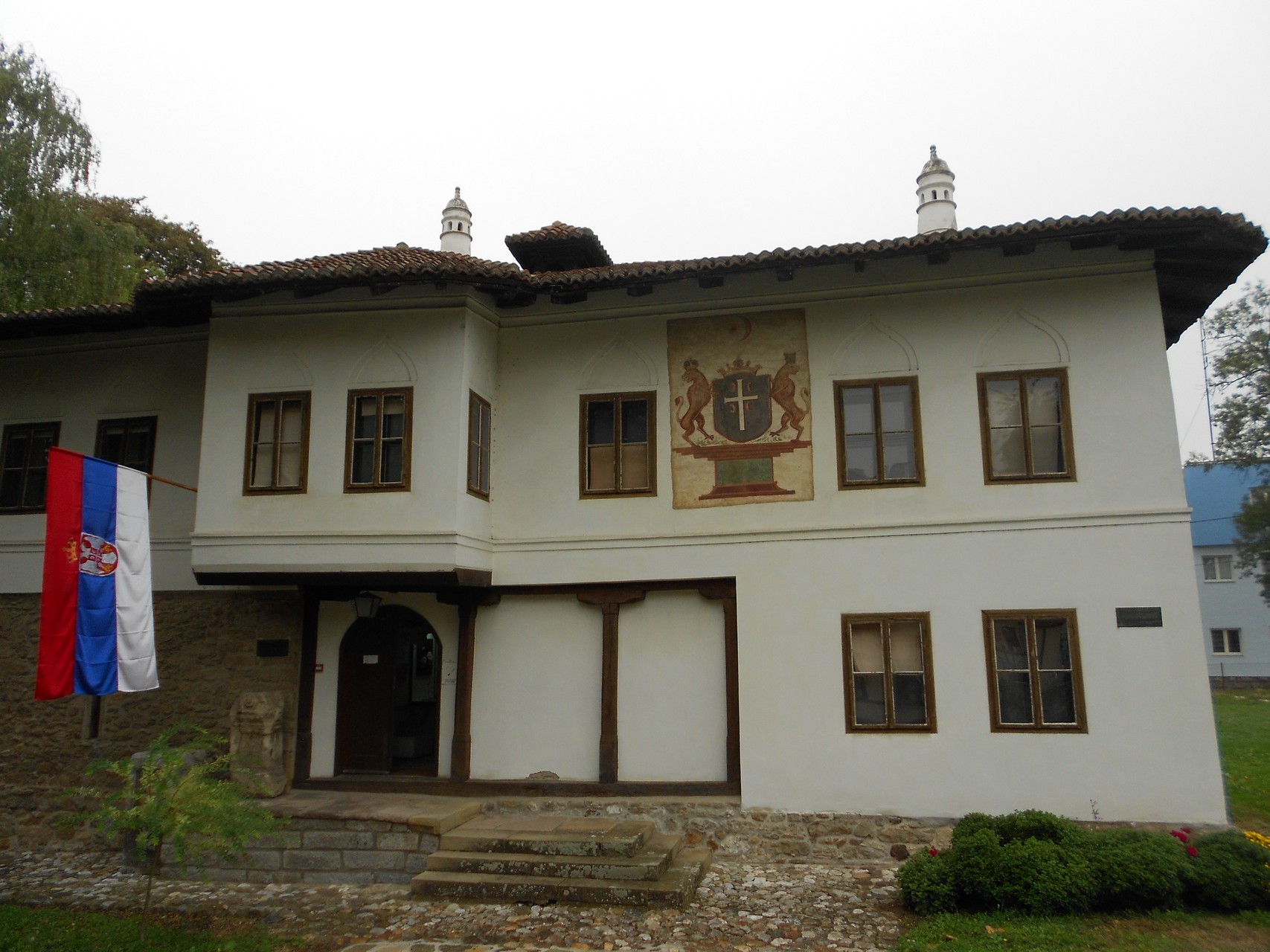 © N.Muzej Čačak
© N.Muzej Čačak
The National Museum in Čačak is a complex institution that takes care of the cultural heritage of Čačak and its immediate surroundings, including the area of Dragačevo and Ivanjica Identity are based on research and presentation of remnants of the past, from paleontology and archeological artifacts through folk and artistic...
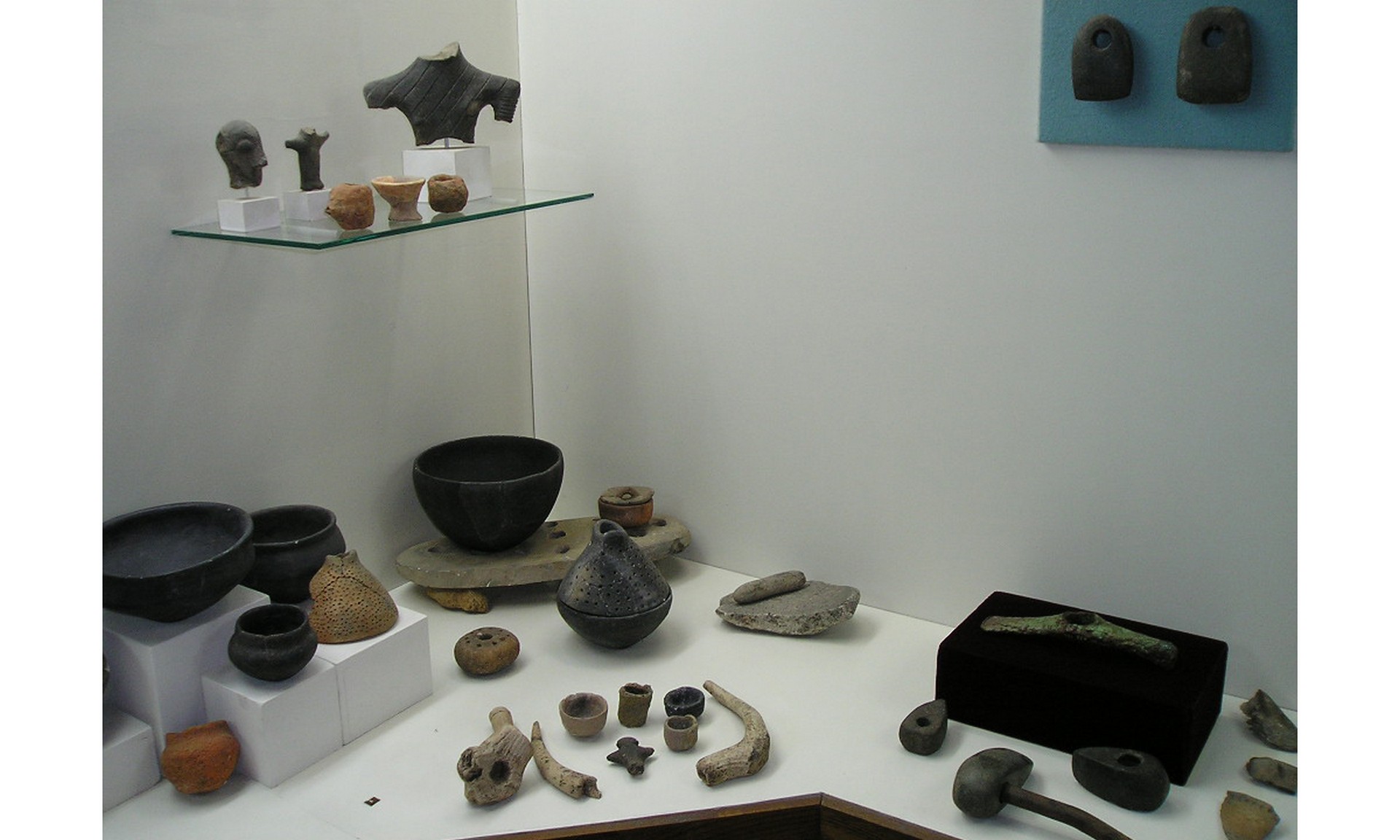 © N.Muzej Čačak
© N.Muzej Čačak
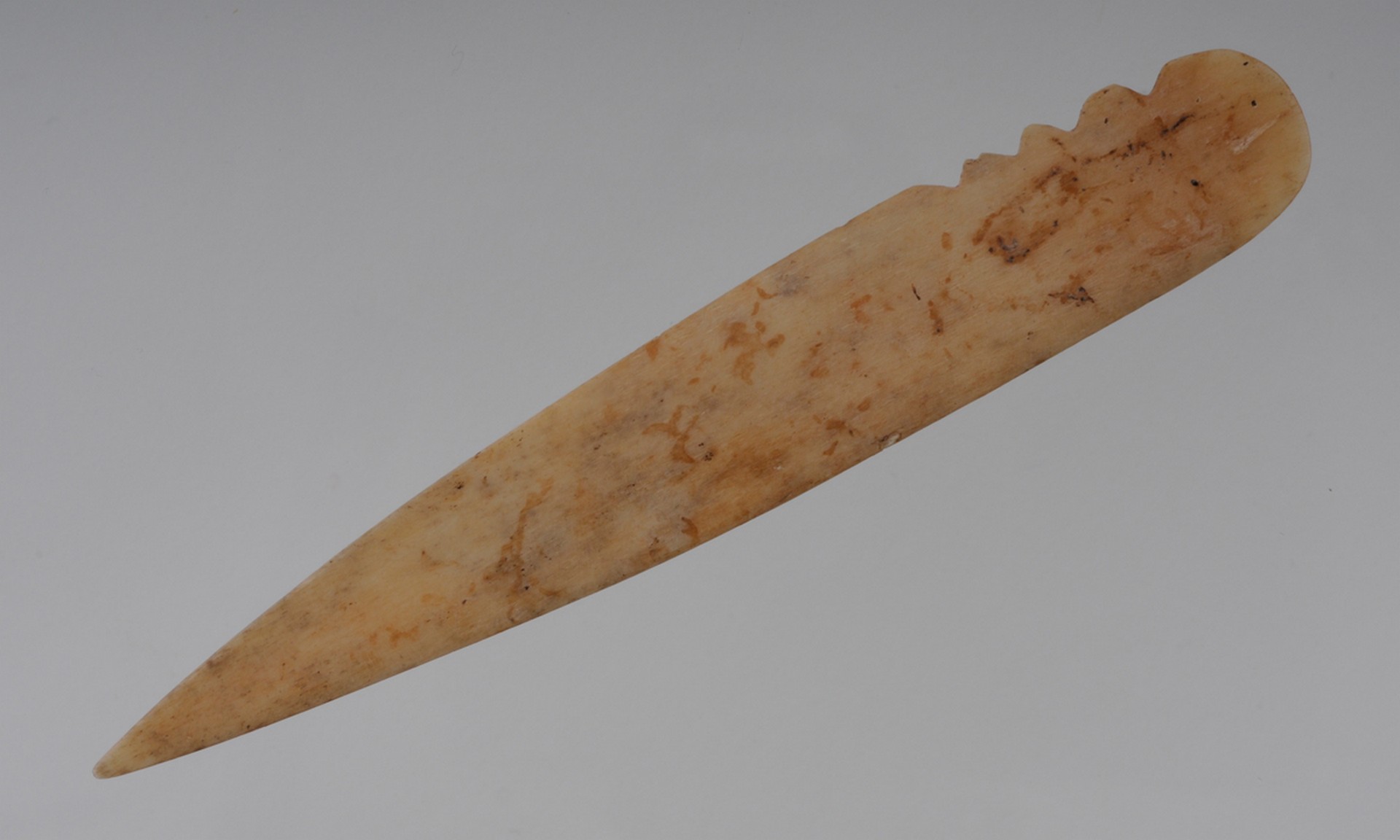 © N.Muzej Čačak
© N.Muzej Čačak
 © N.Muzej Čačak
© N.Muzej Čačak
In the wider central Balkan region, as well as in this part of Western Serbia, two significant, successive cultures developed and were named after eponymous sites: Starčevo from 6200 to 5300 BC and Vinča from 5300 to 4200 BC In the Čačak area, several sites from different phases of the...
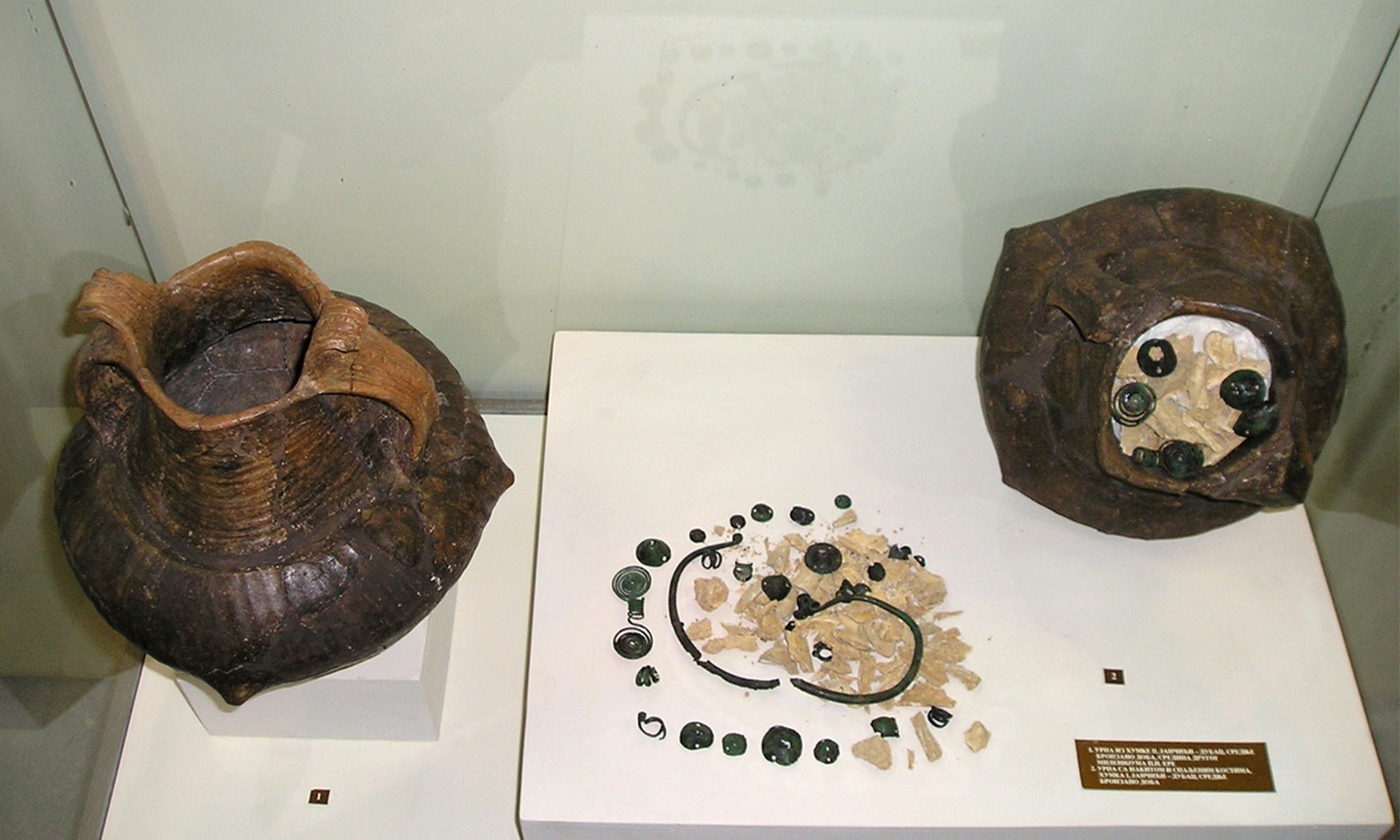 © N.Muzej Čačak
© N.Muzej Čačak
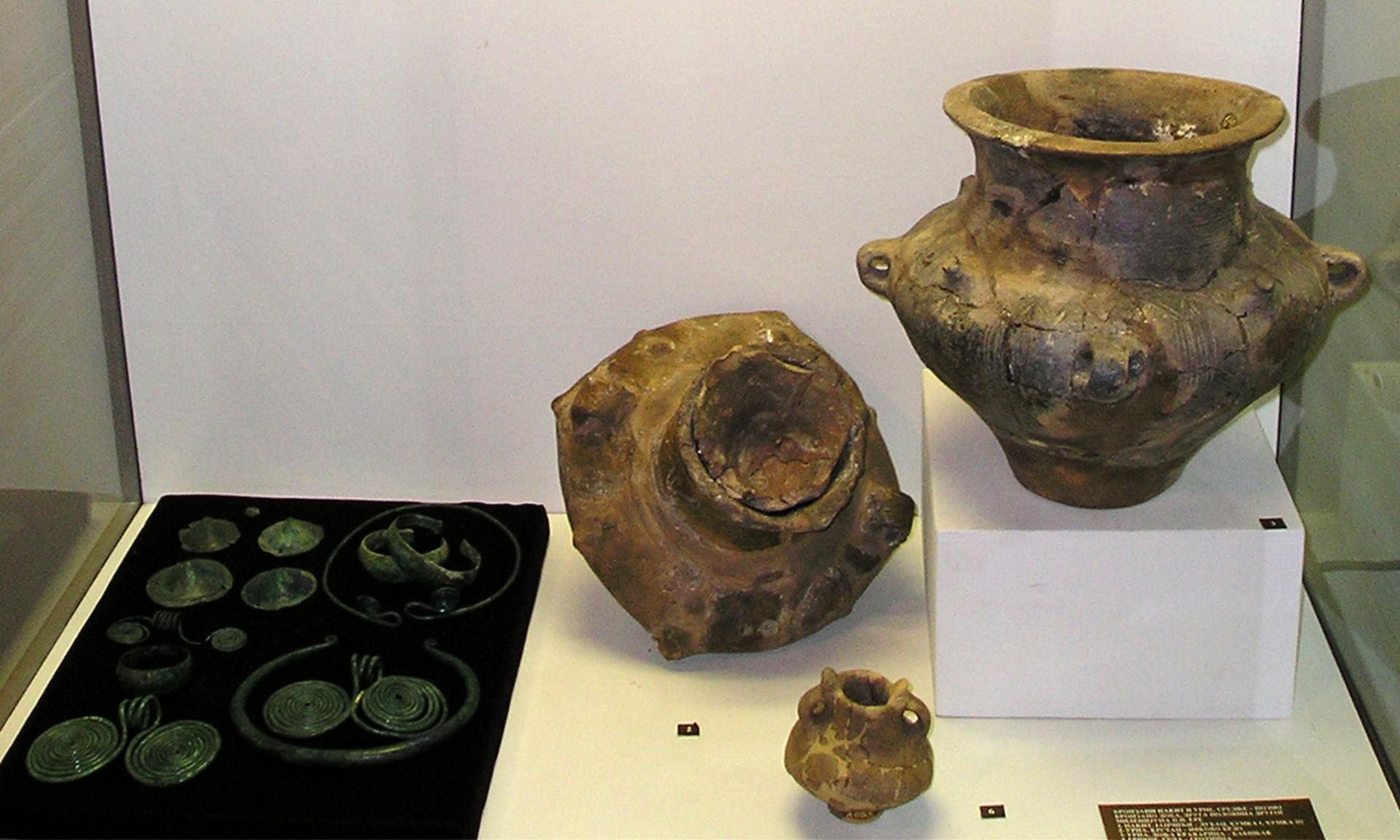 © N.Muzej Čačak
© N.Muzej Čačak
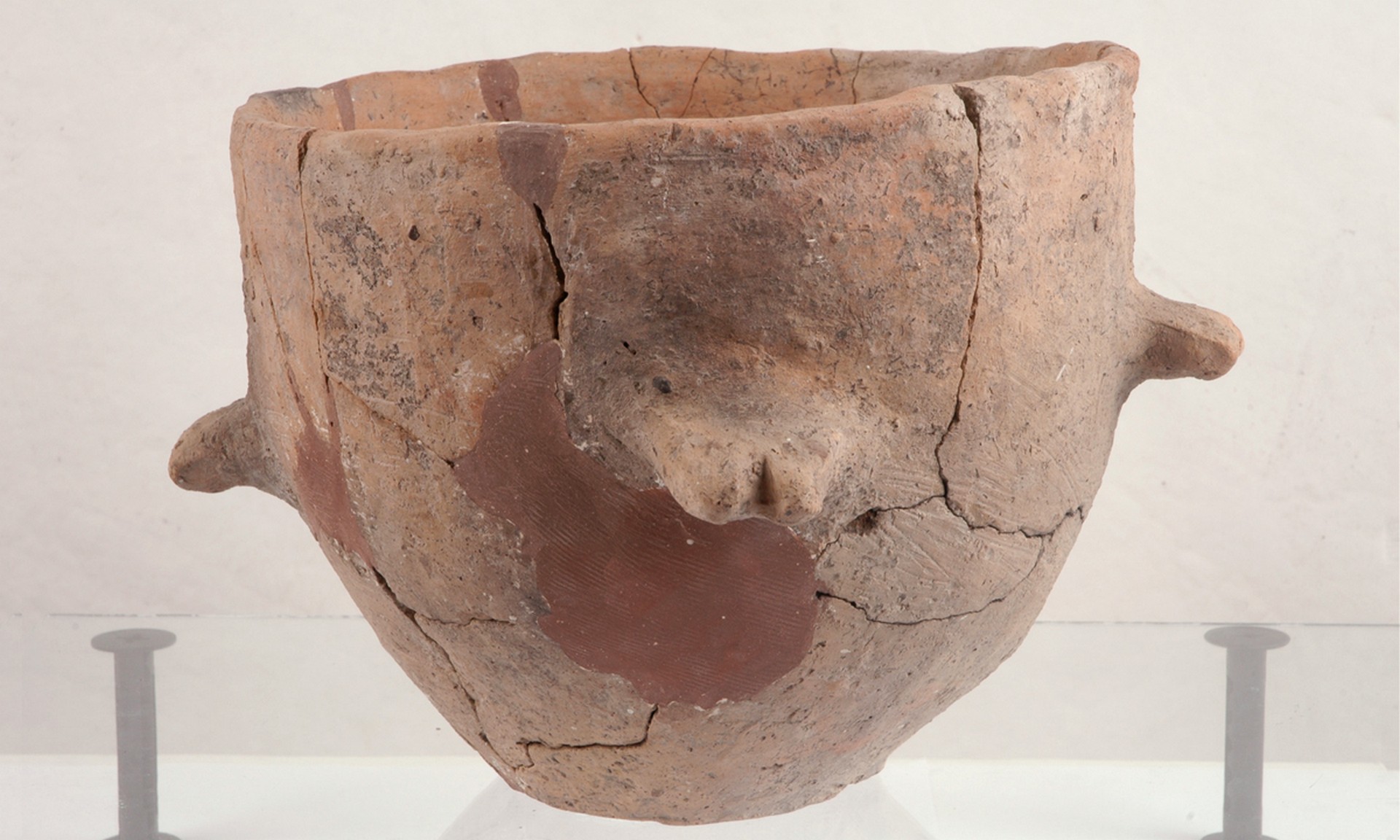 © N.Muzej Čačak
© N.Muzej Čačak
Apart from the mass use of bronze for making weapons and characteristic jewellery, the biggest peculiarity of this period – which lasted from about the second half of the third and throughout the second millennium BC – was a completely new attitude towards the cult of the dead Settlements were...
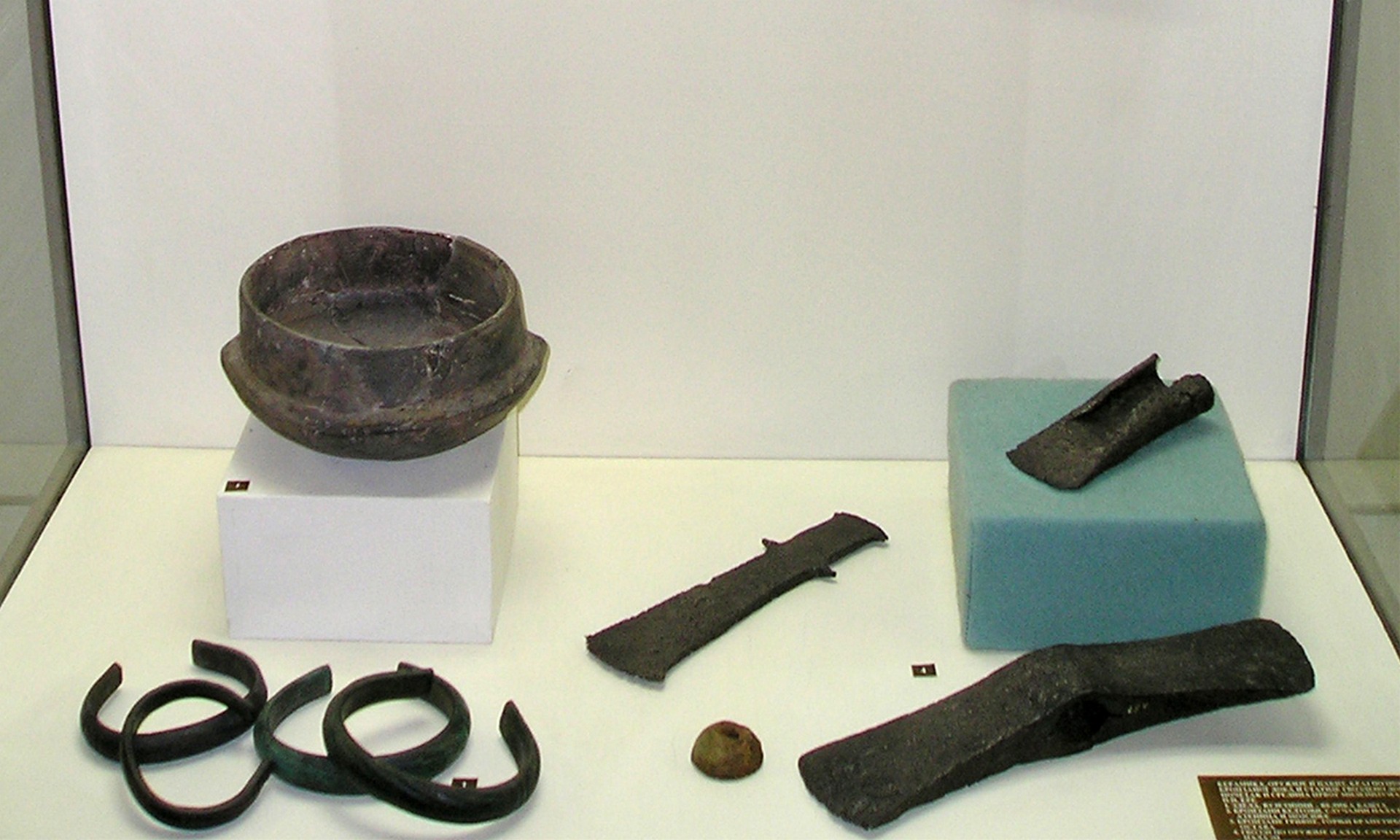 © N.Muzej Čačak
© N.Muzej Čačak
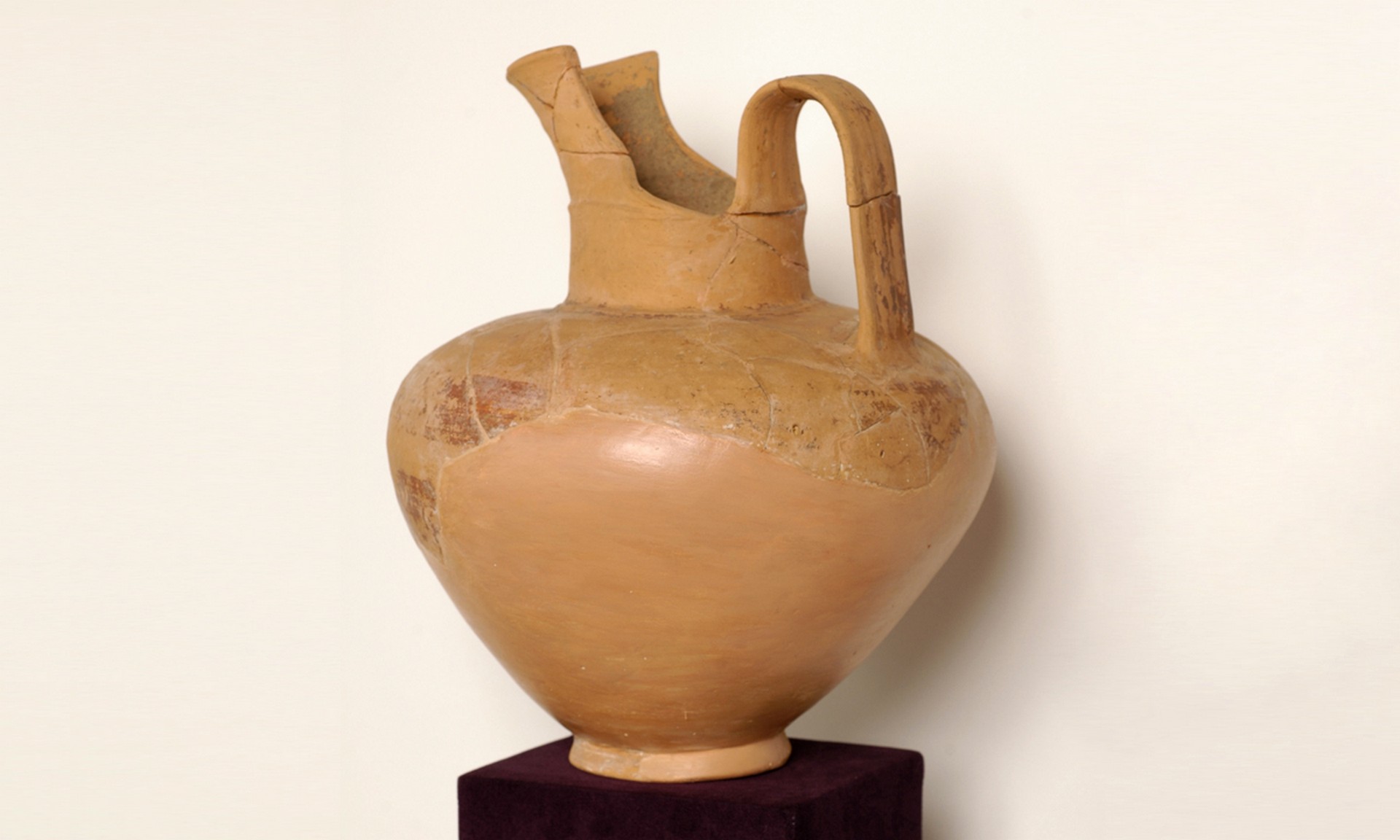 © N.Muzej Čačak
© N.Muzej Čačak
 © N.Muzej Čačak
© N.Muzej Čačak
The Old Iron Age, or the Hallstatt, occurred after a period of unrest and migration from the end of the Bronze Age when iron came into daily use From the end of the ninth century BC, various ethnic groups were formed that marked the protohistoric period of the central Balkans,...
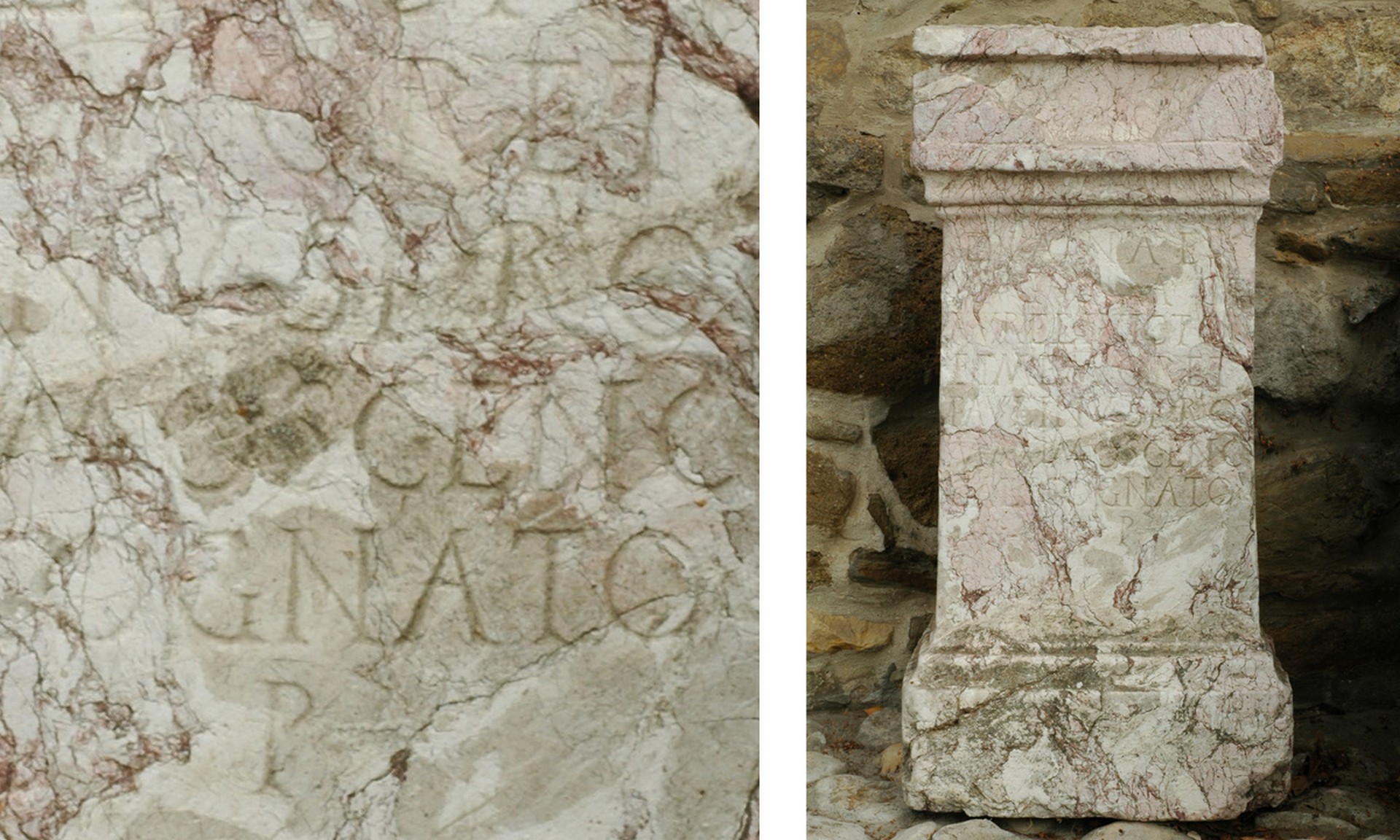 © N.Muzej Čačak
© N.Muzej Čačak
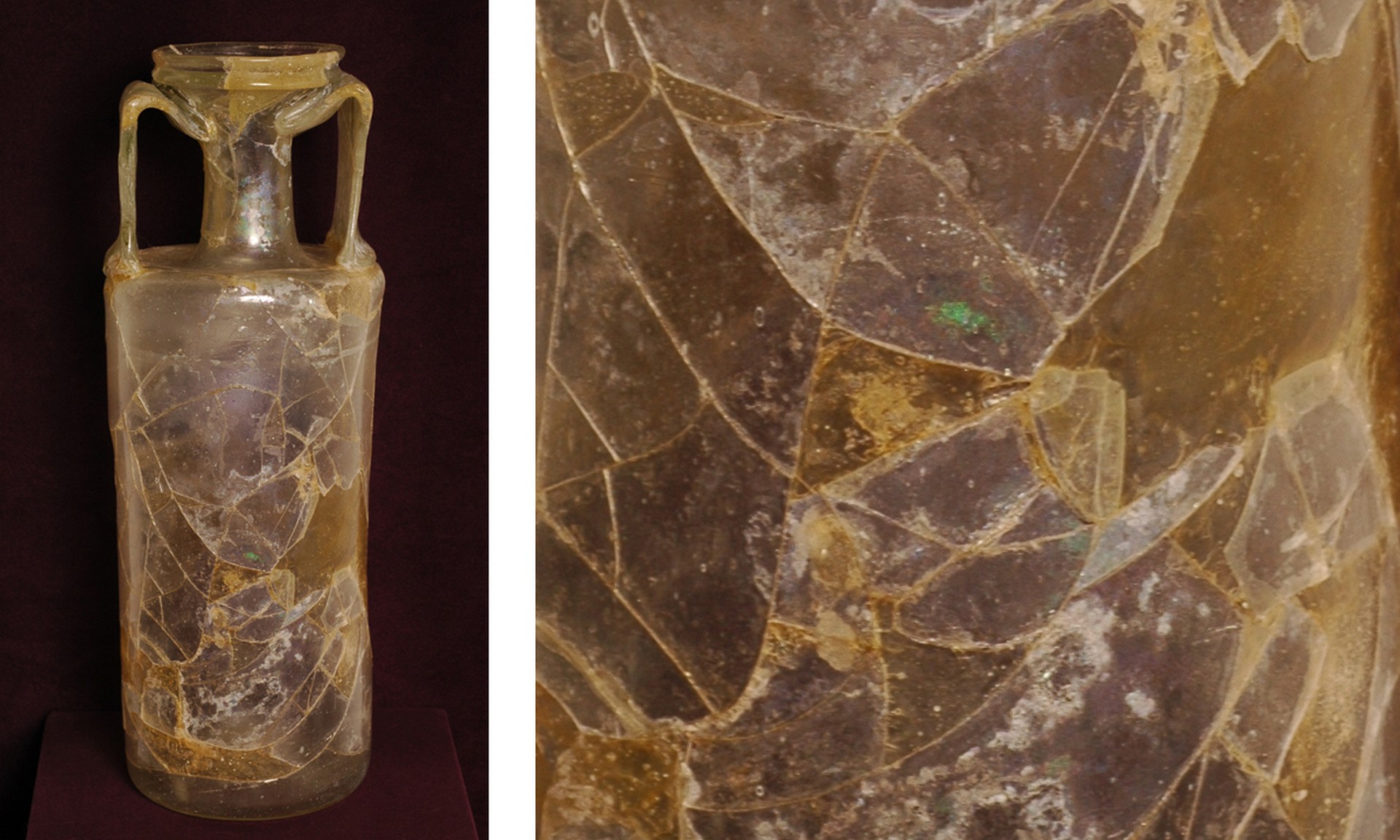 © N.Muzej Čačak
© N.Muzej Čačak
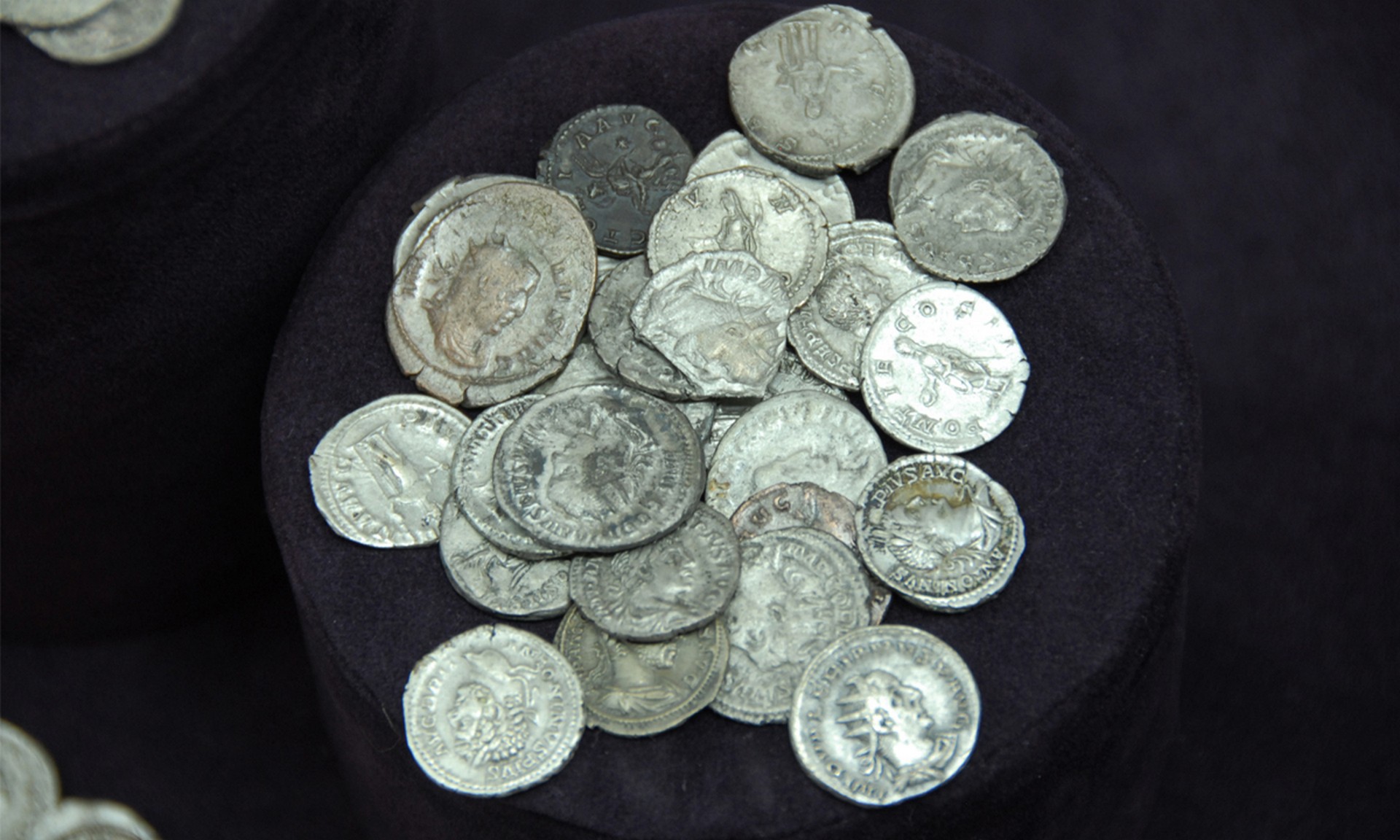 © N.Muzej Čačak
© N.Muzej Čačak
Many monuments in Čačak and its surroundings testify to this period, where we can single out Roman baths – one in the center of Čačak and the other in Beljina – which were modest imitations shaped after classical Roman models. The method of construction and the floor heating system, called...
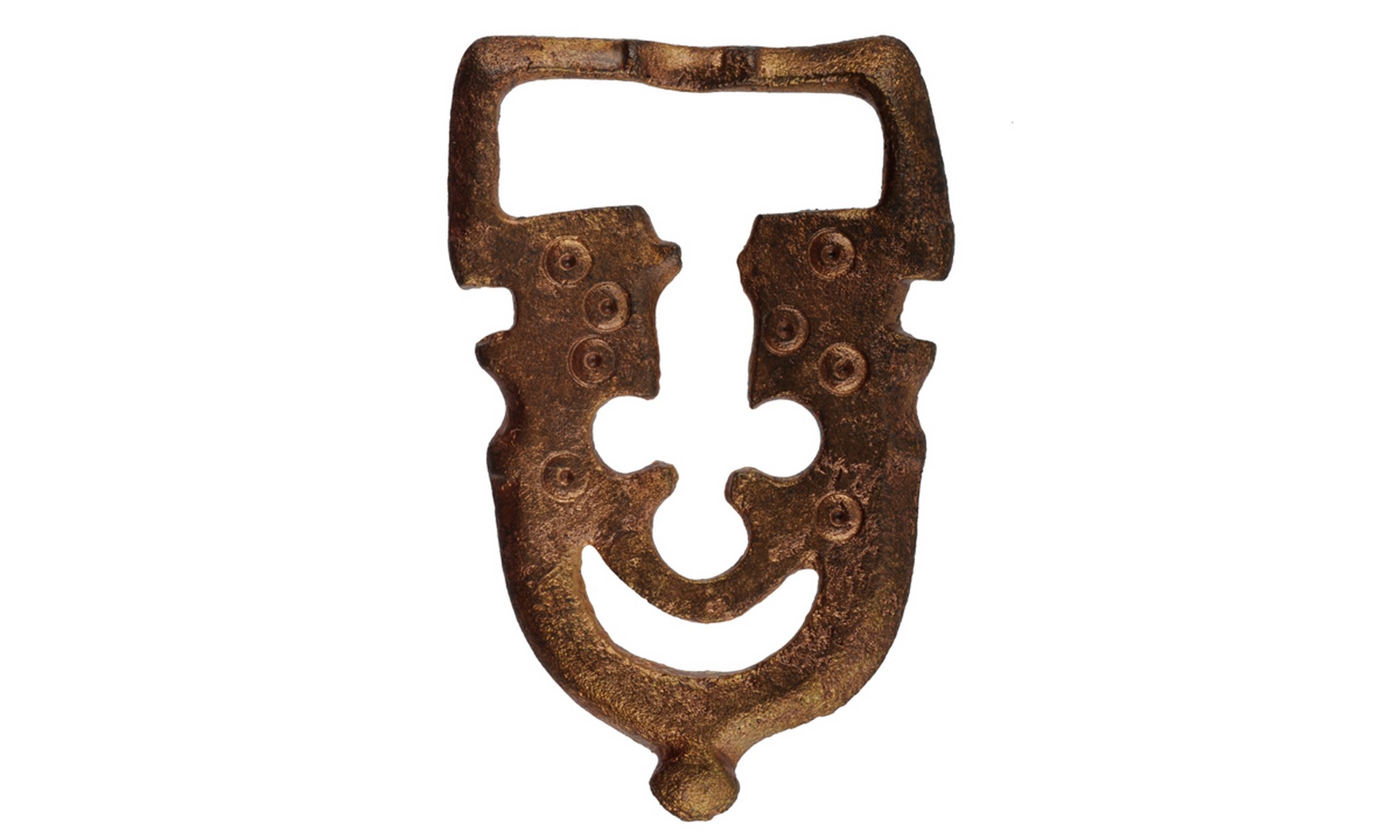 © N.Muzej Čačak
© N.Muzej Čačak
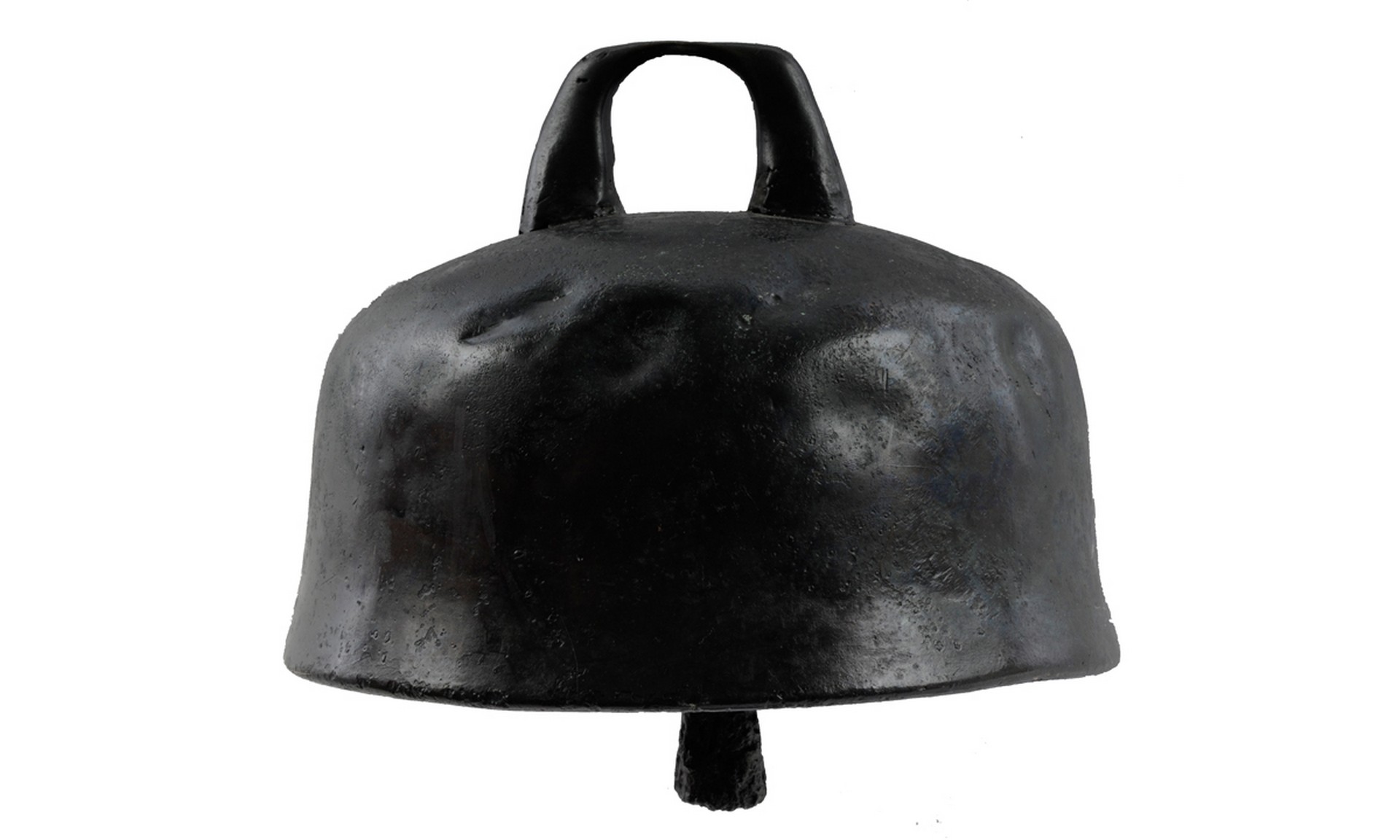 © N.Muzej Čačak
© N.Muzej Čačak
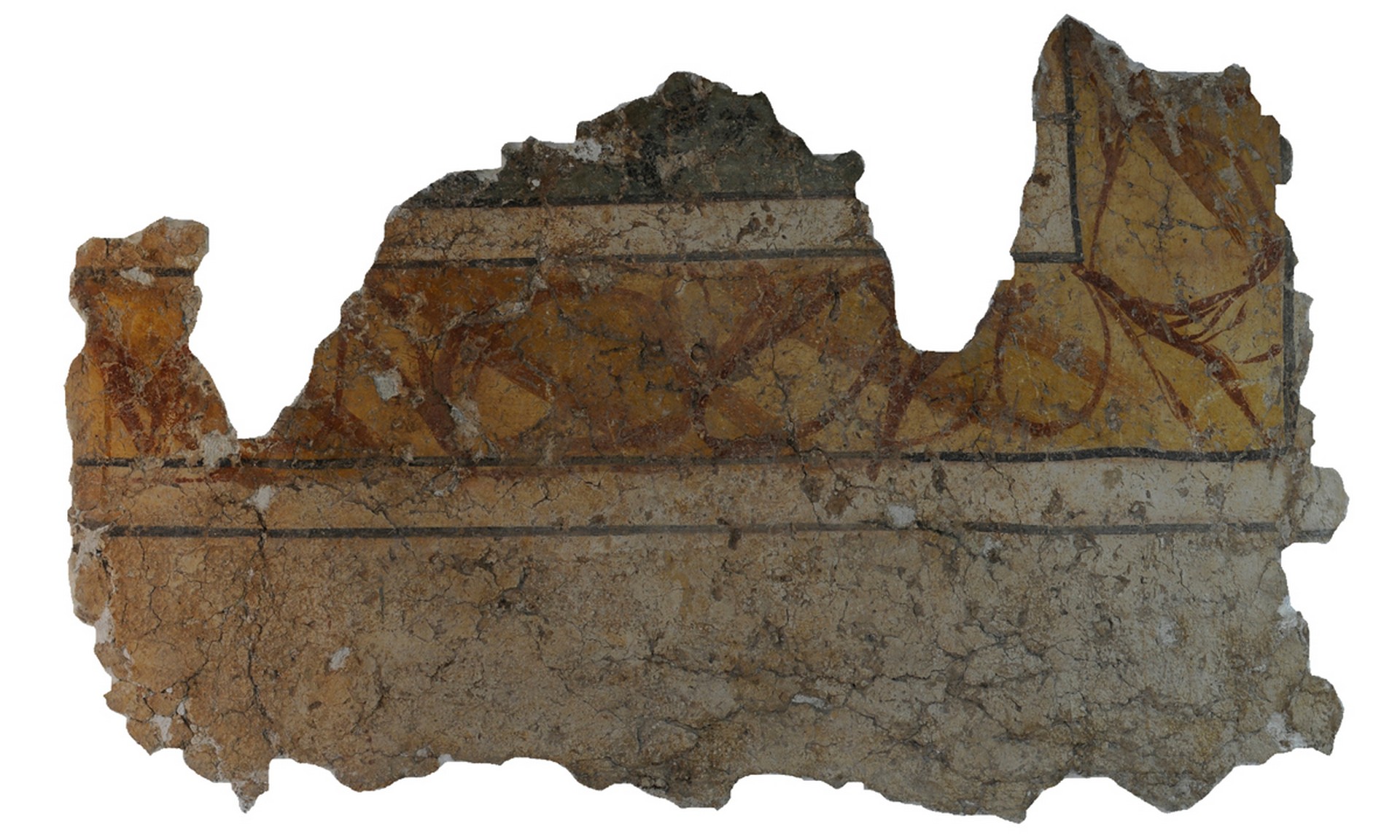 © N.Muzej Čačak
© N.Muzej Čačak
After the invasion of the Huns in the middle of the fifth century, there was a gradual consolidation of the power of the Eastern Roman Empire in the Balkans In this territory, several forts from this period have been found and probed. The largest and most important of them as...
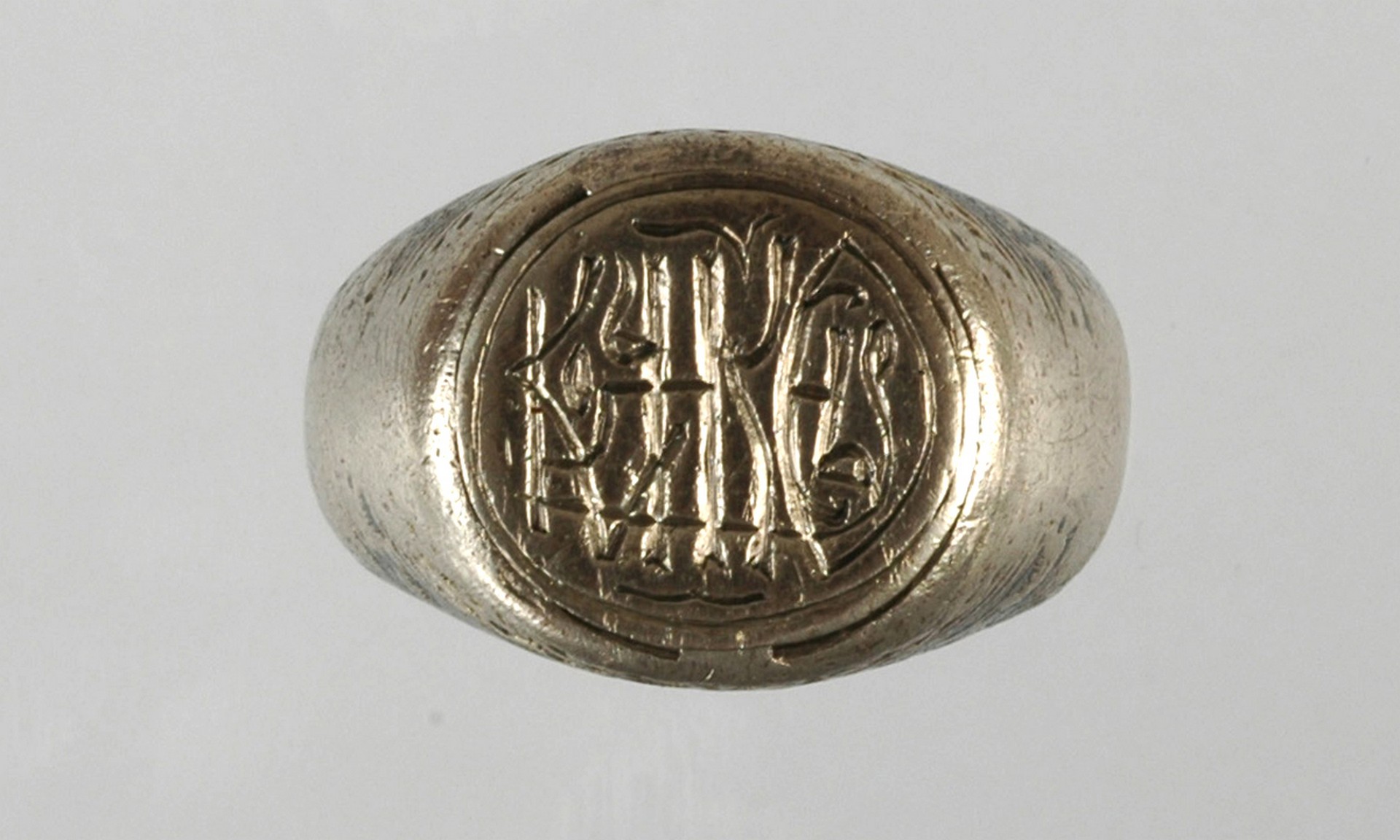 © N.Muzej Čačak
© N.Muzej Čačak
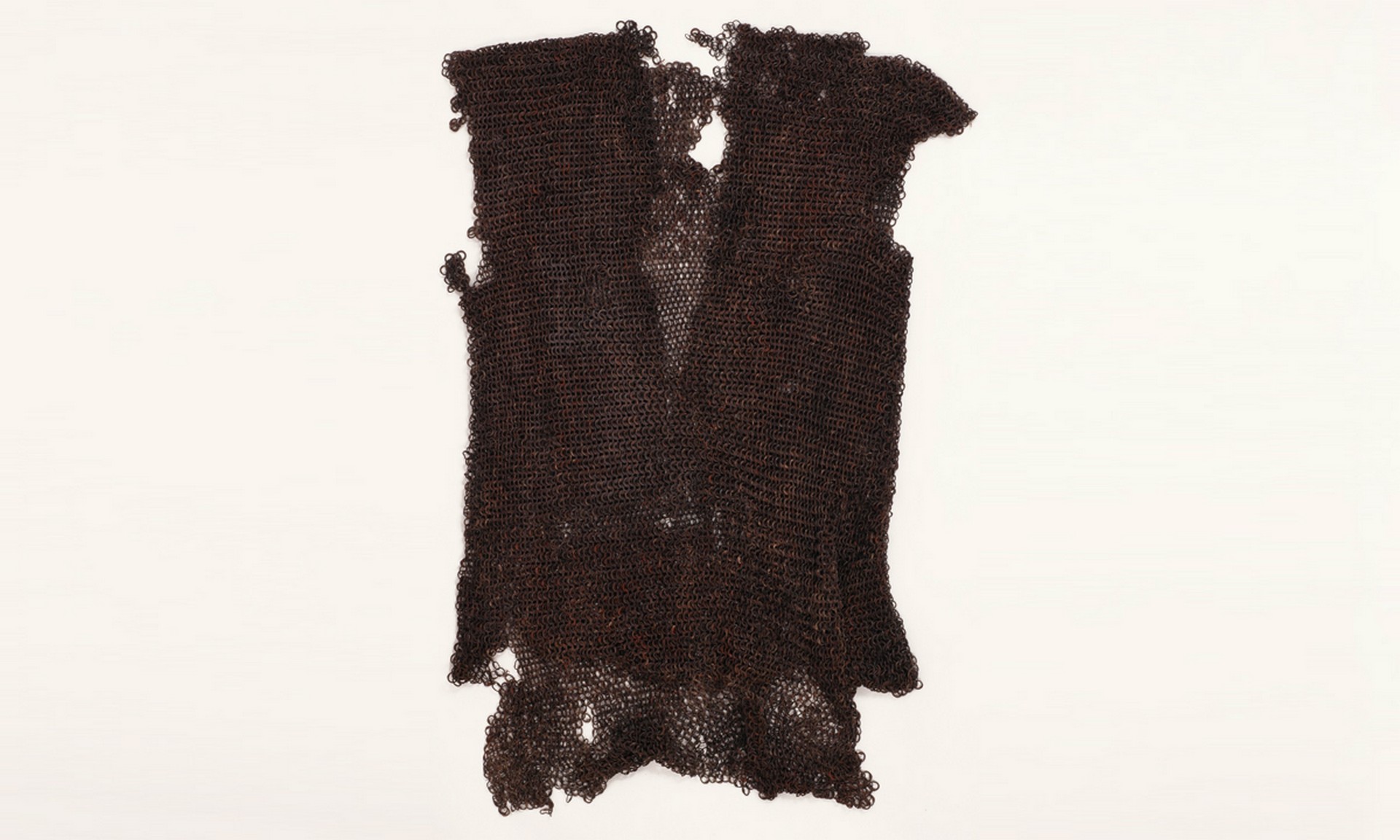 © N.Muzej Čačak
© N.Muzej Čačak
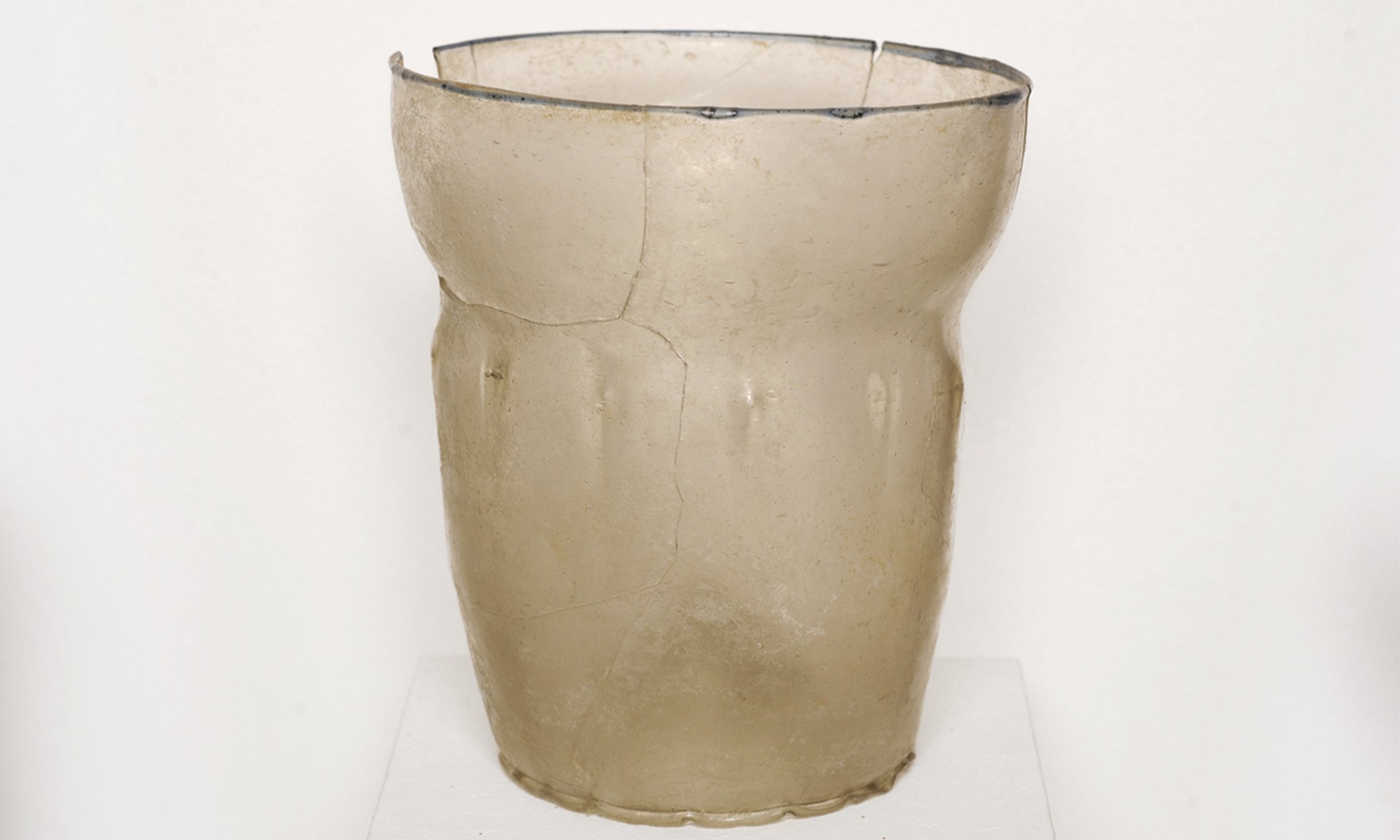 © N.Muzej Čačak
© N.Muzej Čačak
The invasions of the Slavs and Pannonian Avars in the sixth and seventh centuries became more frequent, and they stayed in the Byzantine territory for longer The oldest discovered traces of Serbs in this area come from the locality of Kulina below Kablar Mountain near Čačak. The presented findings of...
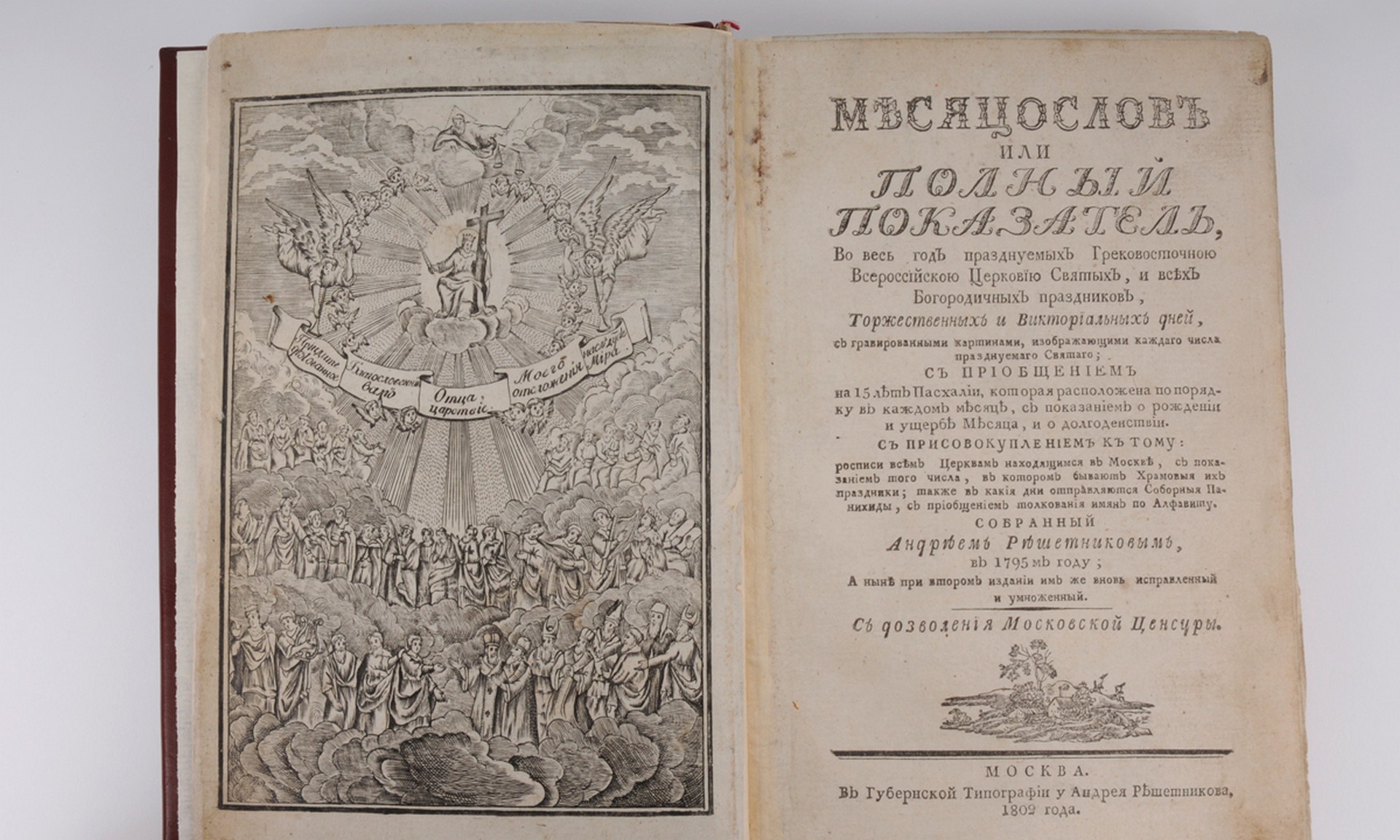 © N.Muzej Čačak
© N.Muzej Čačak
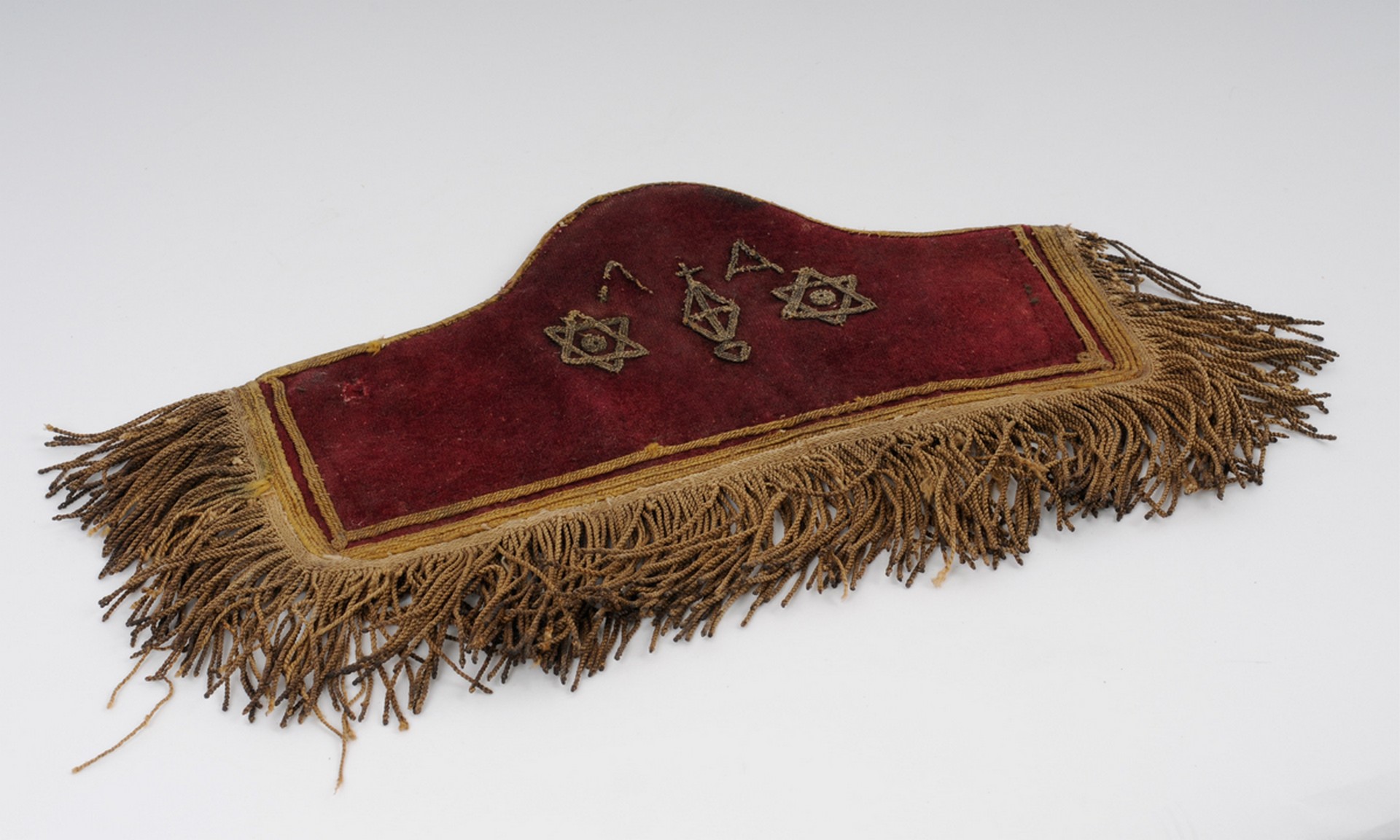 © N.Muzej Čačak
© N.Muzej Čačak
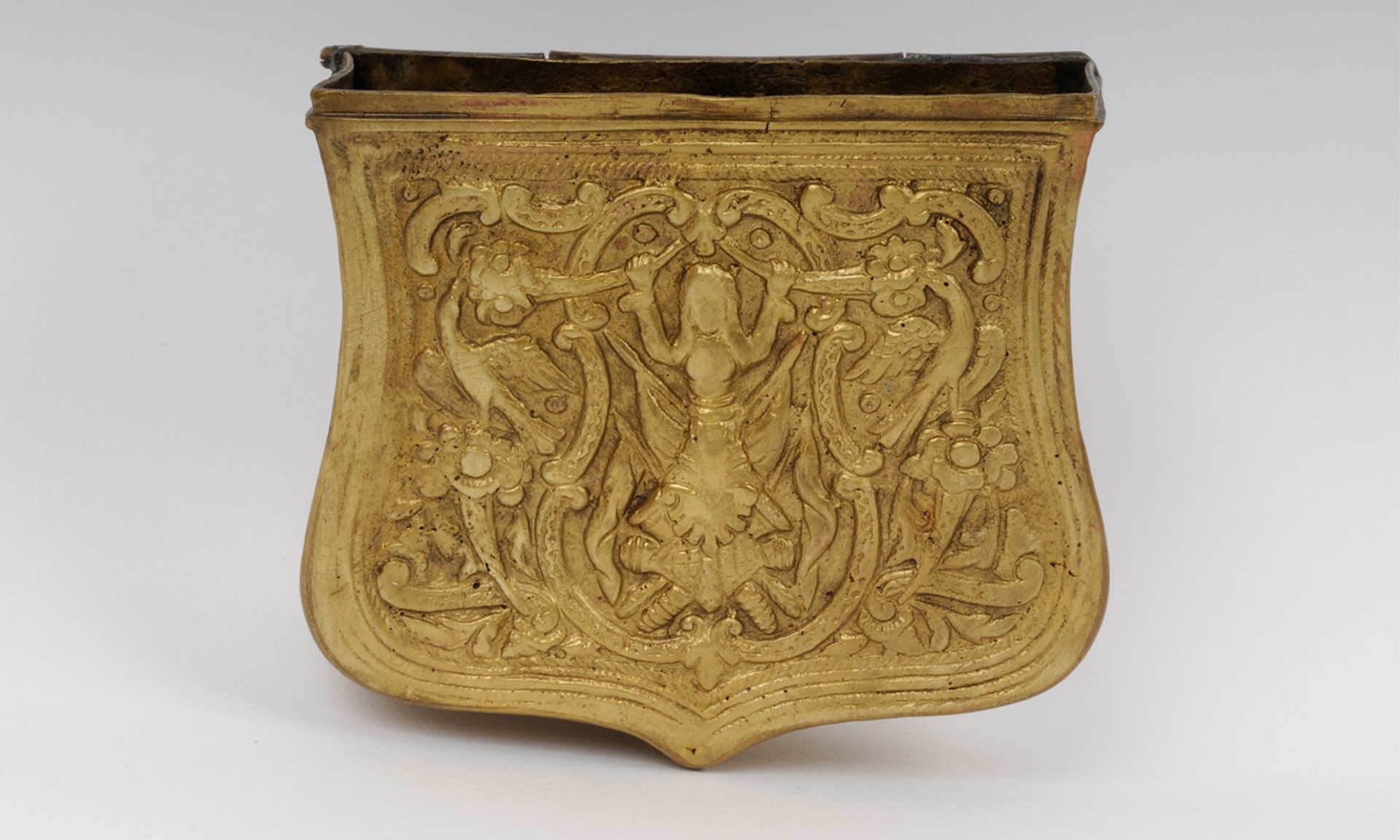 © N.Muzej Čačak
© N.Muzej Čačak
The First Serbian Uprising against the Turks started on February 14, 1804, in Orašac, and quickly spread to the Čačak area The insurgents, under the command of Lazar Mutap and Milić Drinčić, entered Čačak on April 5, 1804 In the insurgent battles in the valley of the West Morava during...
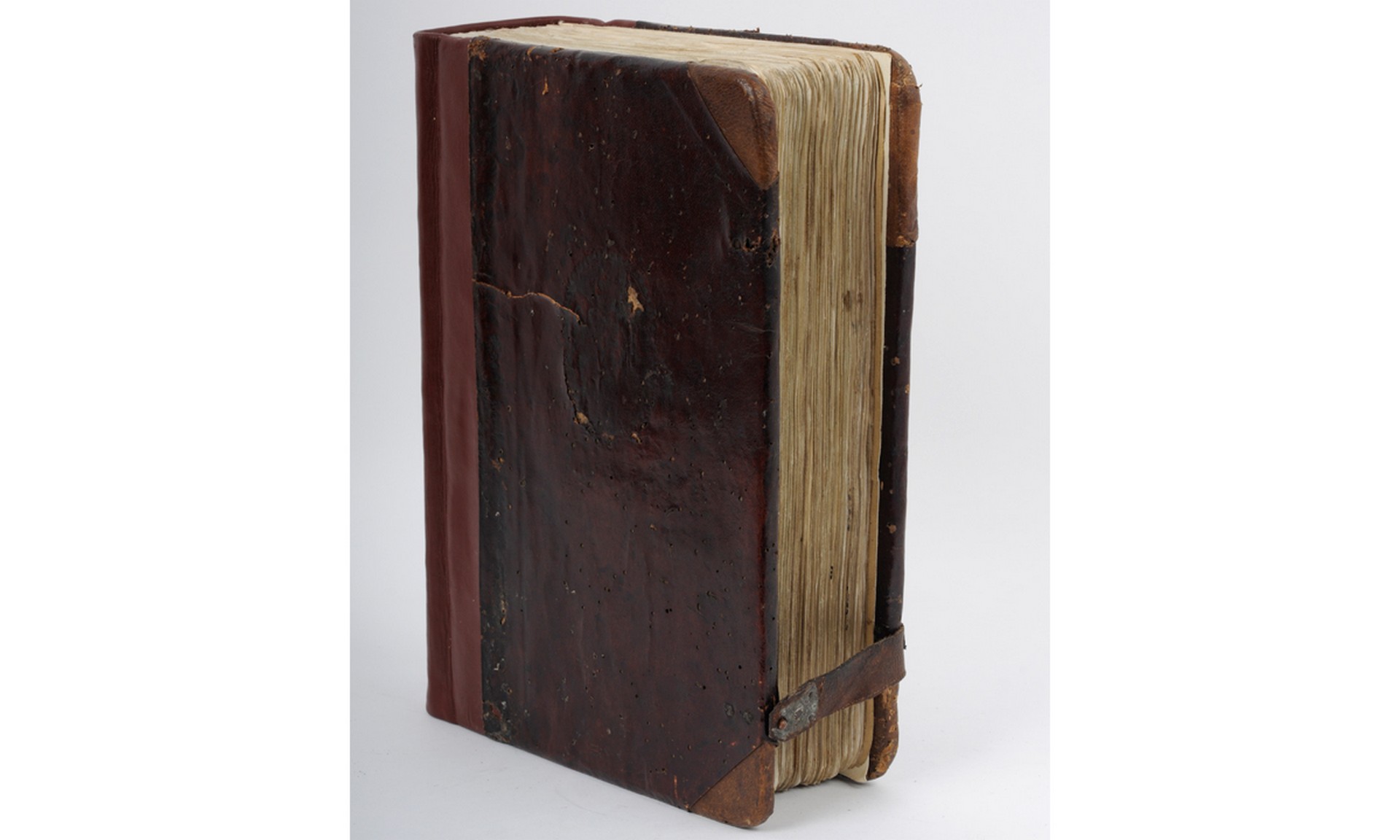 © N.Muzej Čačak
© N.Muzej Čačak
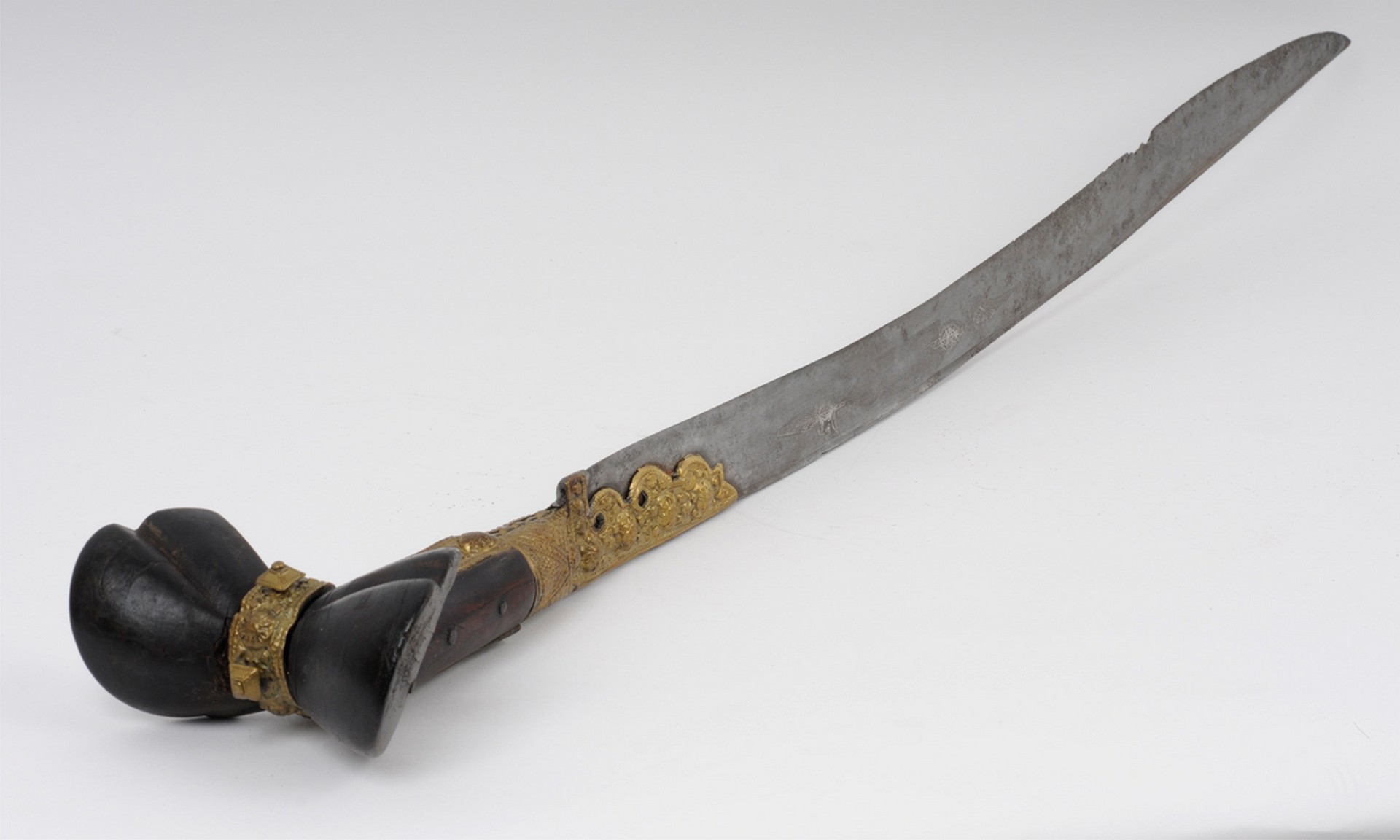 © N.Muzej Čačak
© N.Muzej Čačak
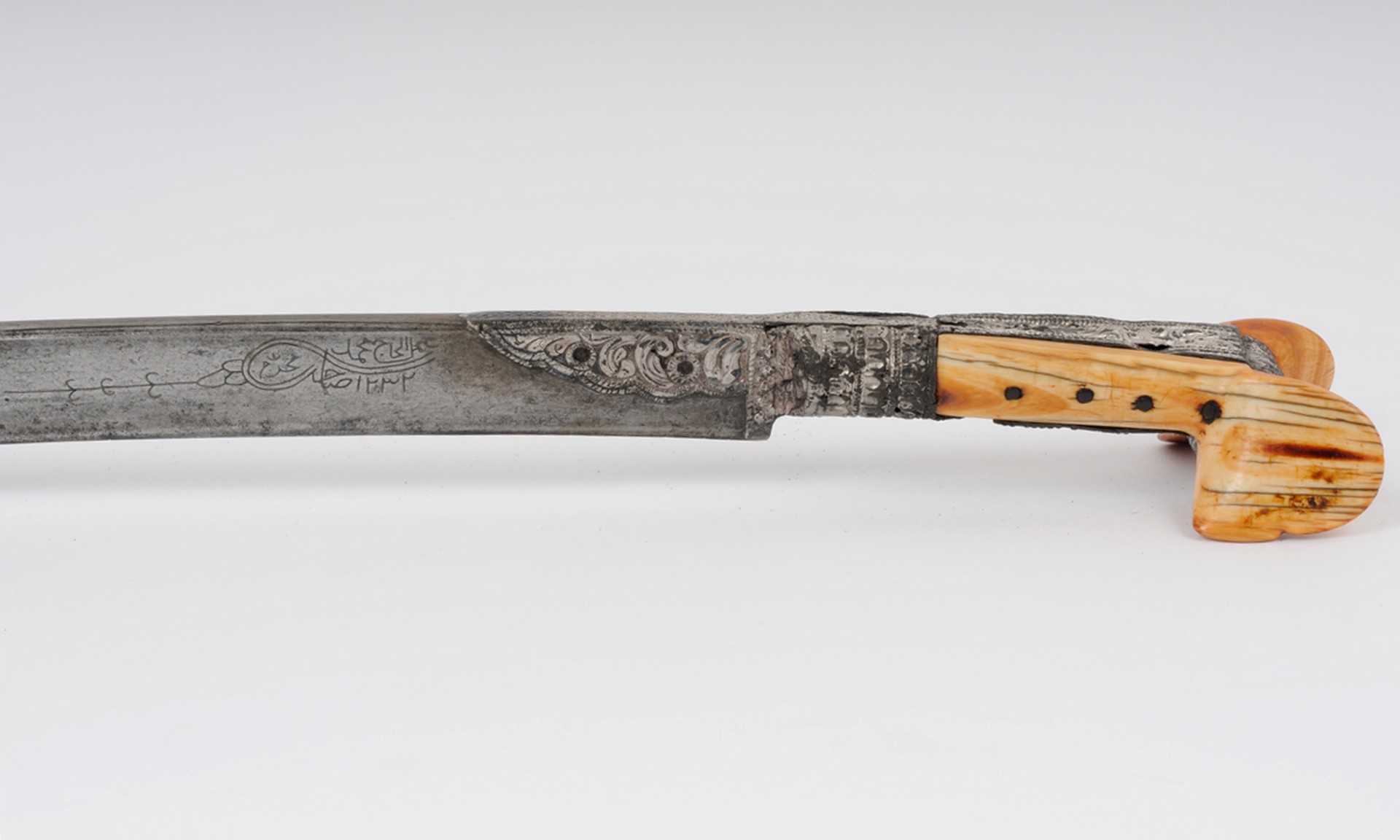 © N.Muzej Čačak
© N.Muzej Čačak
The idea of a new uprising against the Turks never disappeared. It was given even more life by Turkish violence and the frequent spread of news about the possibility of Austria going to war with Turkey Because of this, the conflict with the escort of the district chief Agha Latif...
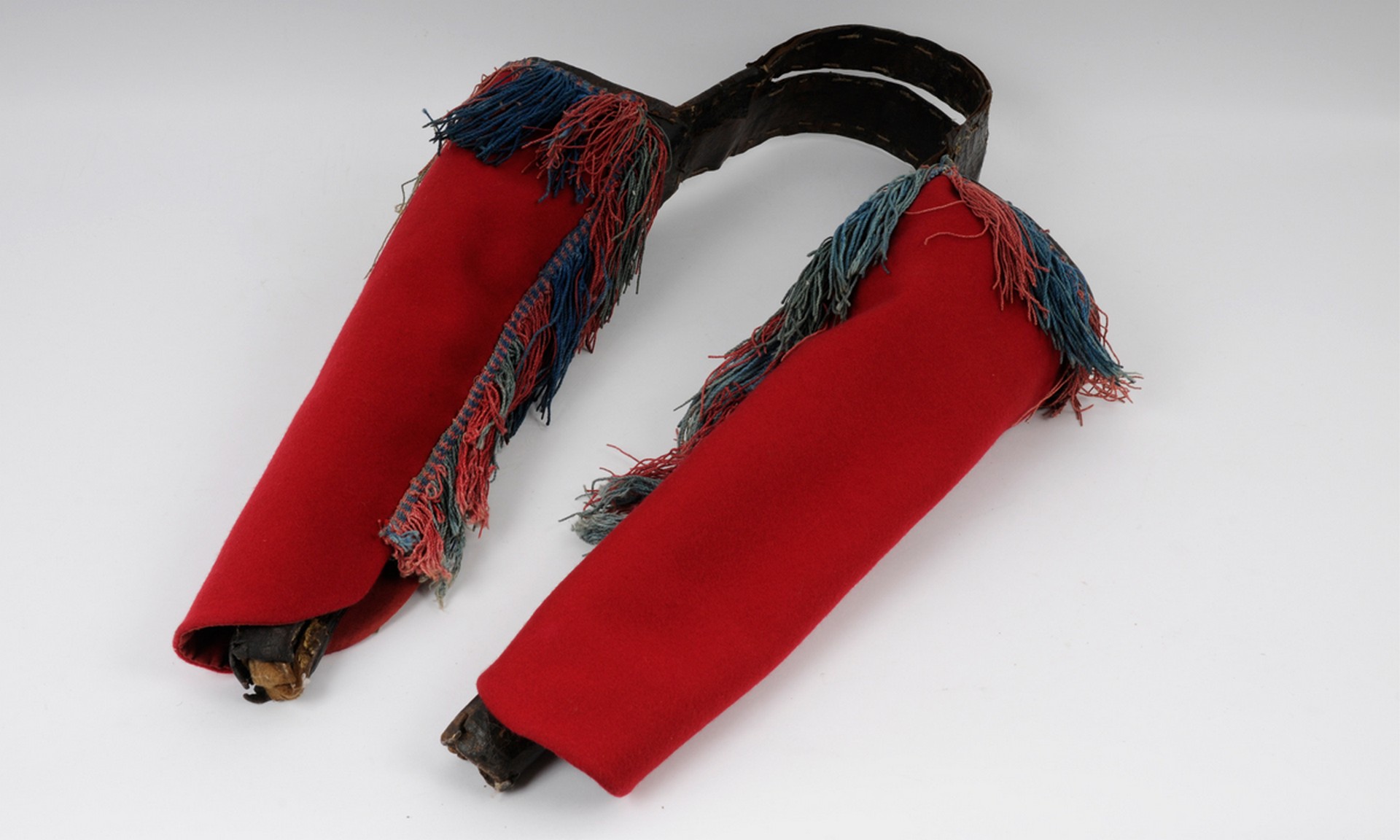 © N.Muzej Čačak
© N.Muzej Čačak
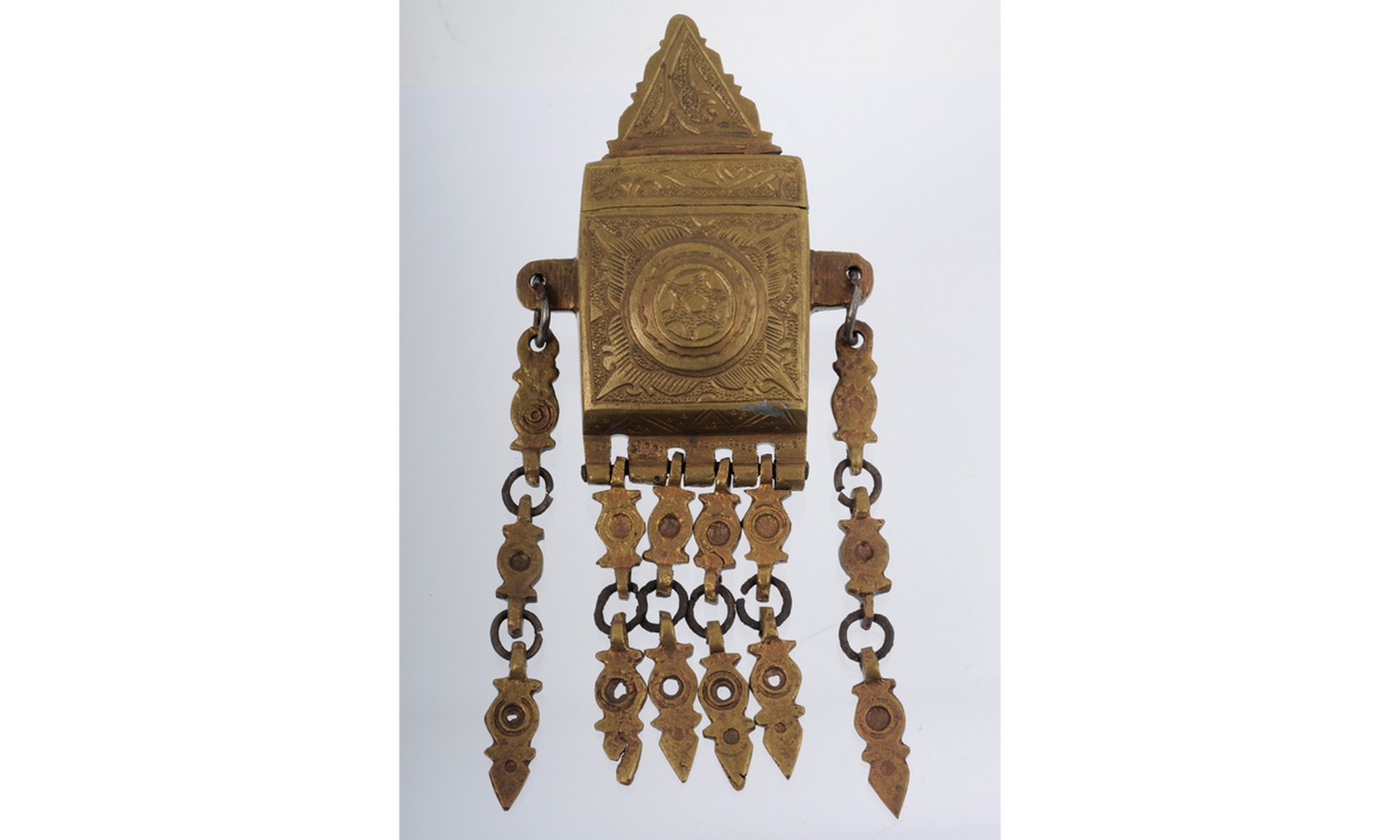 © N.Muzej Čačak
© N.Muzej Čačak
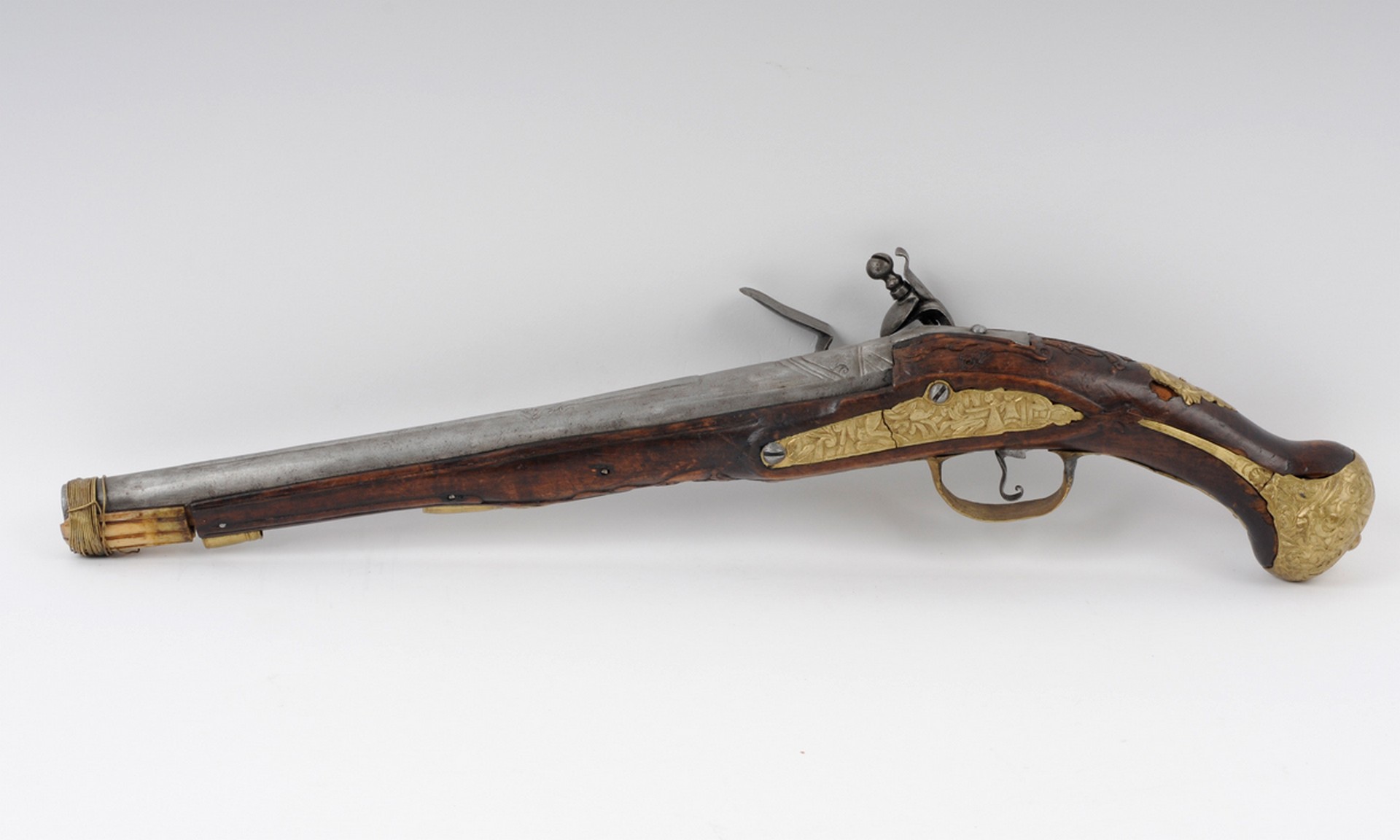 © N.Muzej Čačak
© N.Muzej Čačak
At the beginning of 1815, the Čačak region became the centre of preparations for a new uprising. The agreement on the resumption of the war with the Turks was turned into a plan, according to which Arsenije Loma was supposed to liberate Rudnik, Lazar Mutap would free Čačak, and Petar...
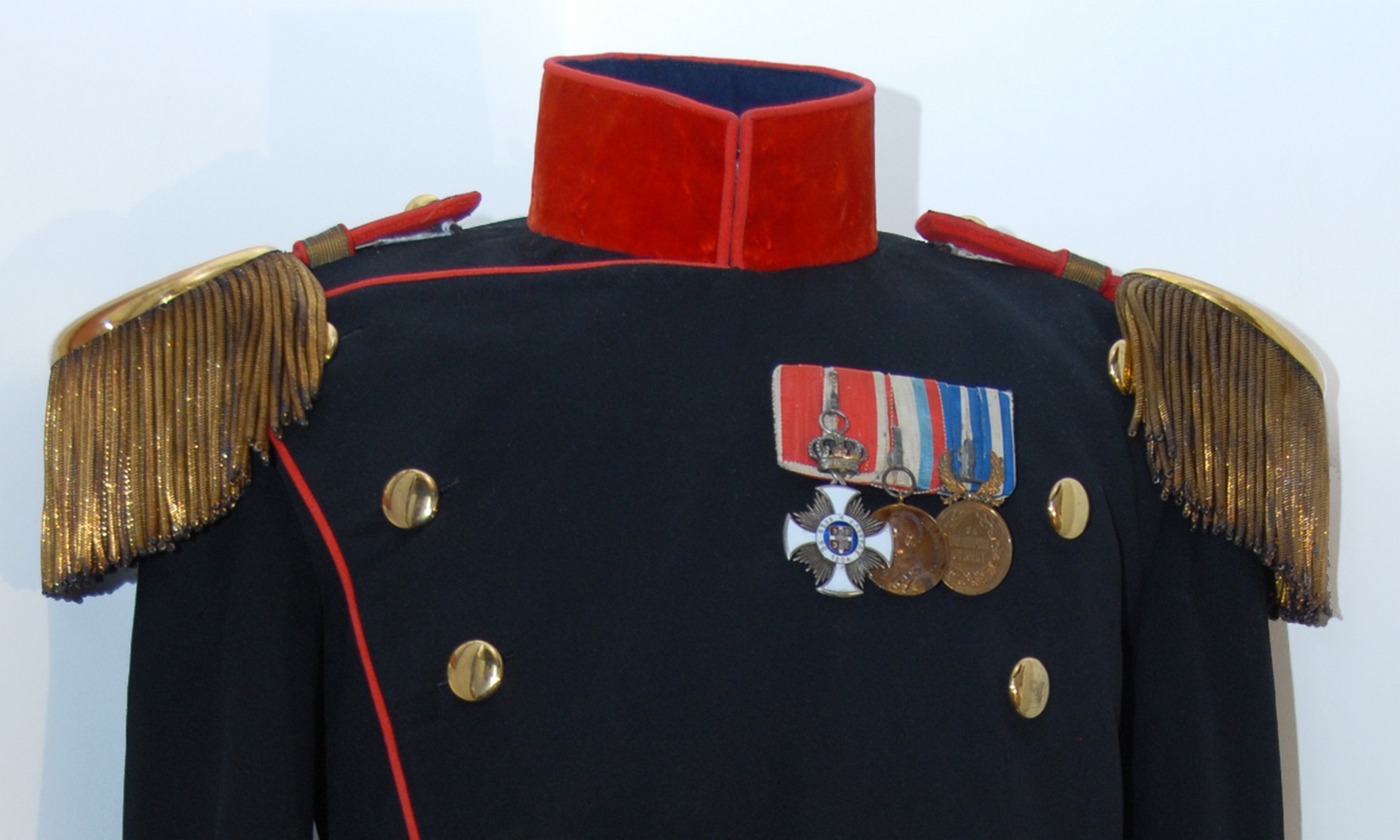 © N.Muzej Čačak
© N.Muzej Čačak
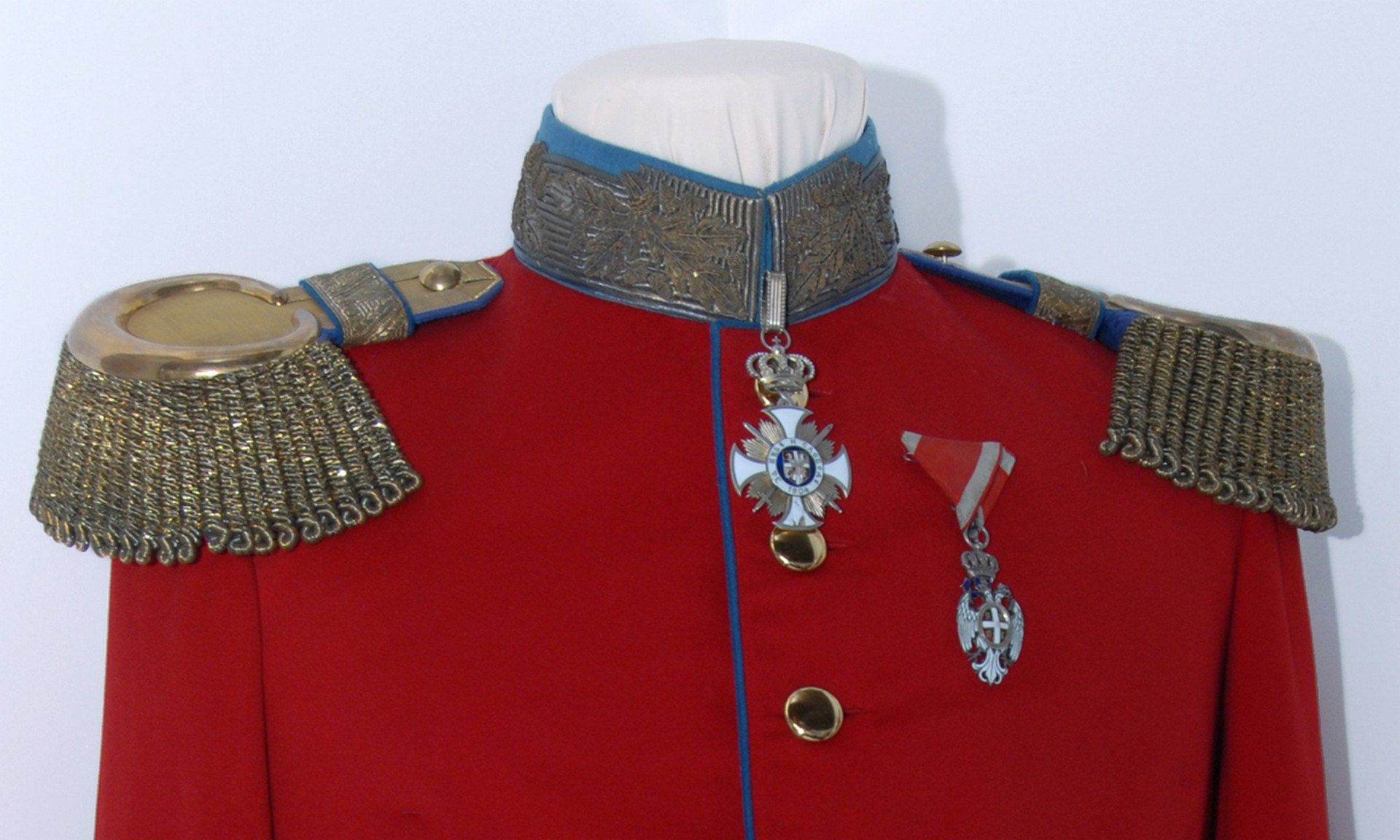 © N.Muzej Čačak
© N.Muzej Čačak
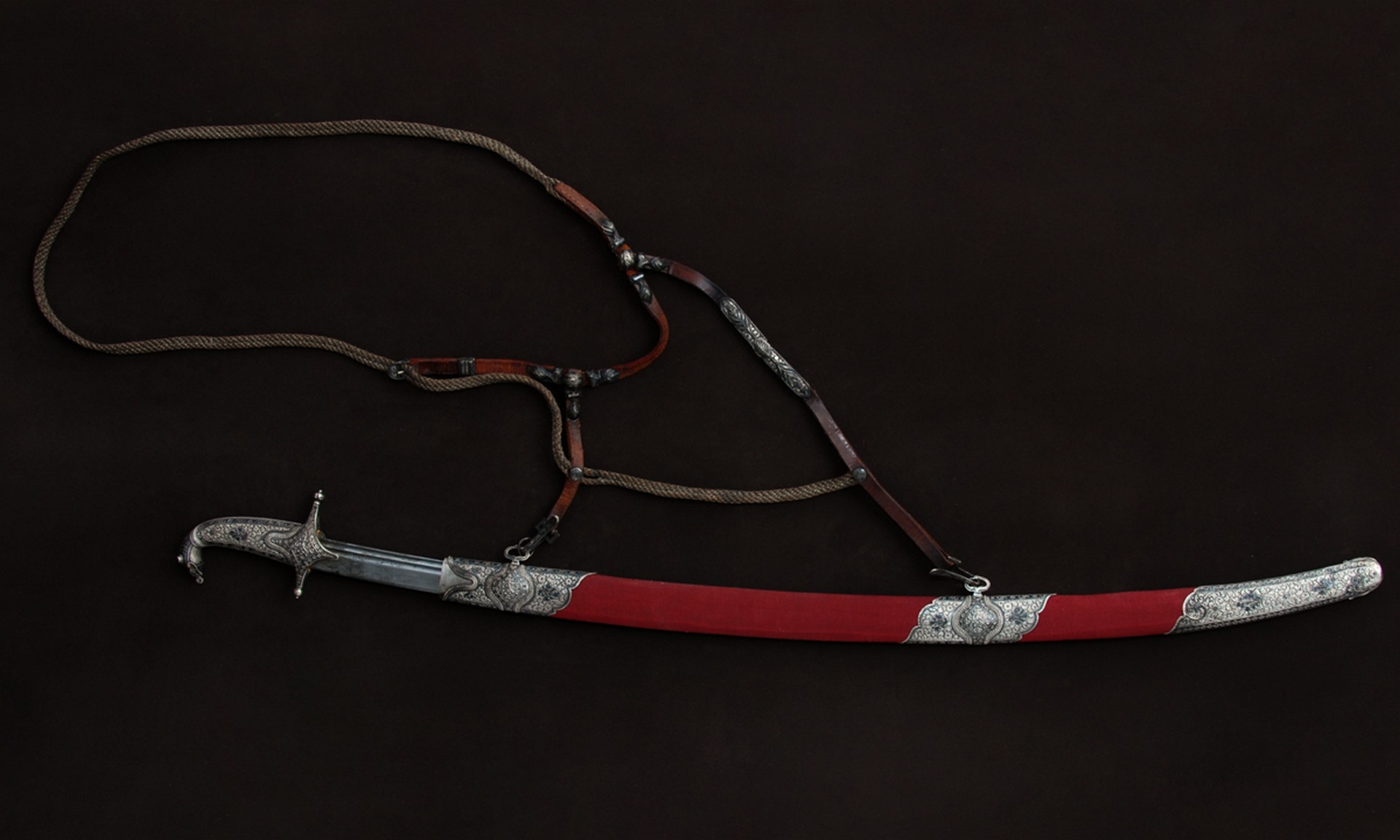 © N.Muzej Čačak
© N.Muzej Čačak
Preparations for the war with the Turks in 1876 in the West Moravian direction began with extensive engineering work to determine the border at Javor. The war plan envisaged a strong offensive against Sjenica and Bijelo Polje and merging with the Montenegrin army The Serbian offensive for the liberation of...
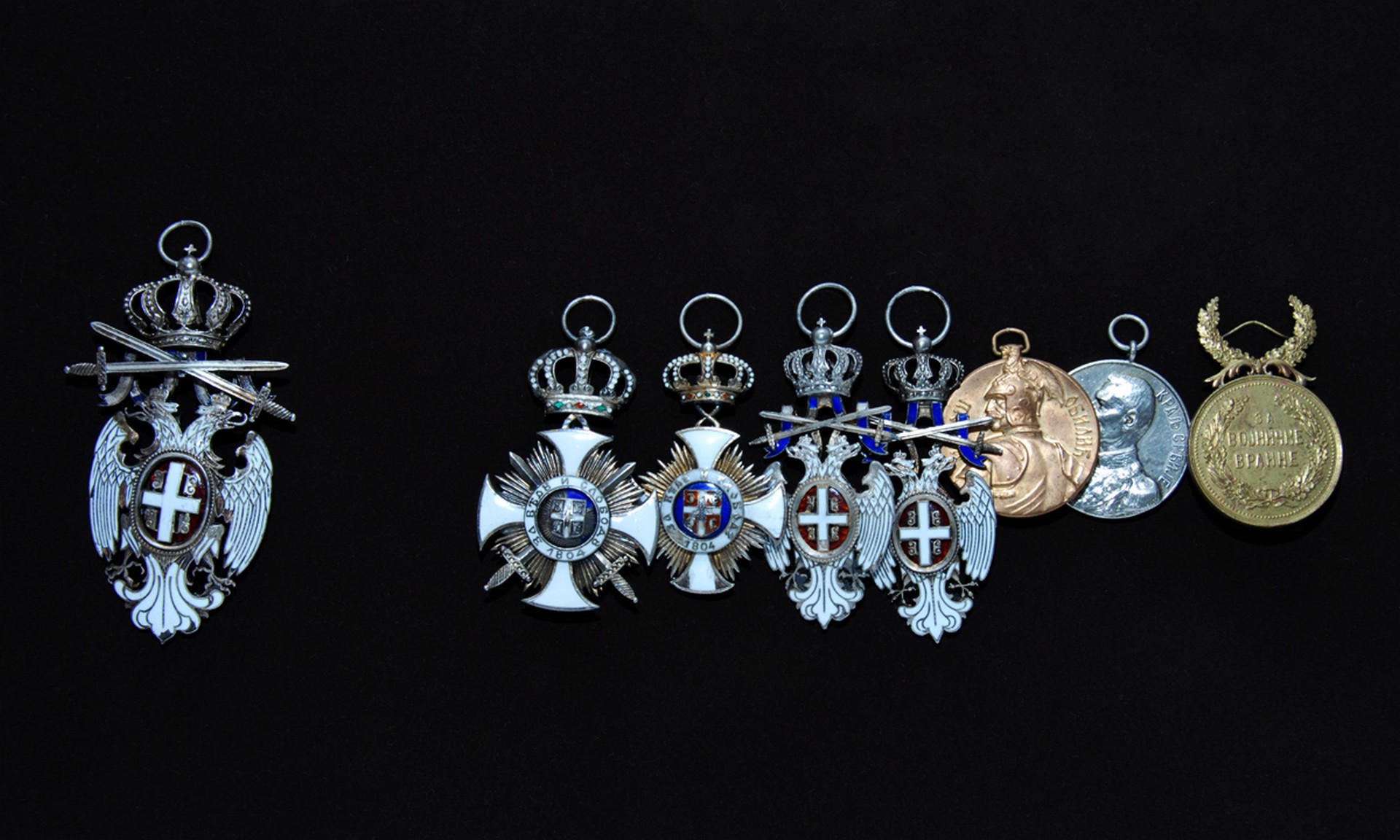 © N.Muzej Čačak
© N.Muzej Čačak
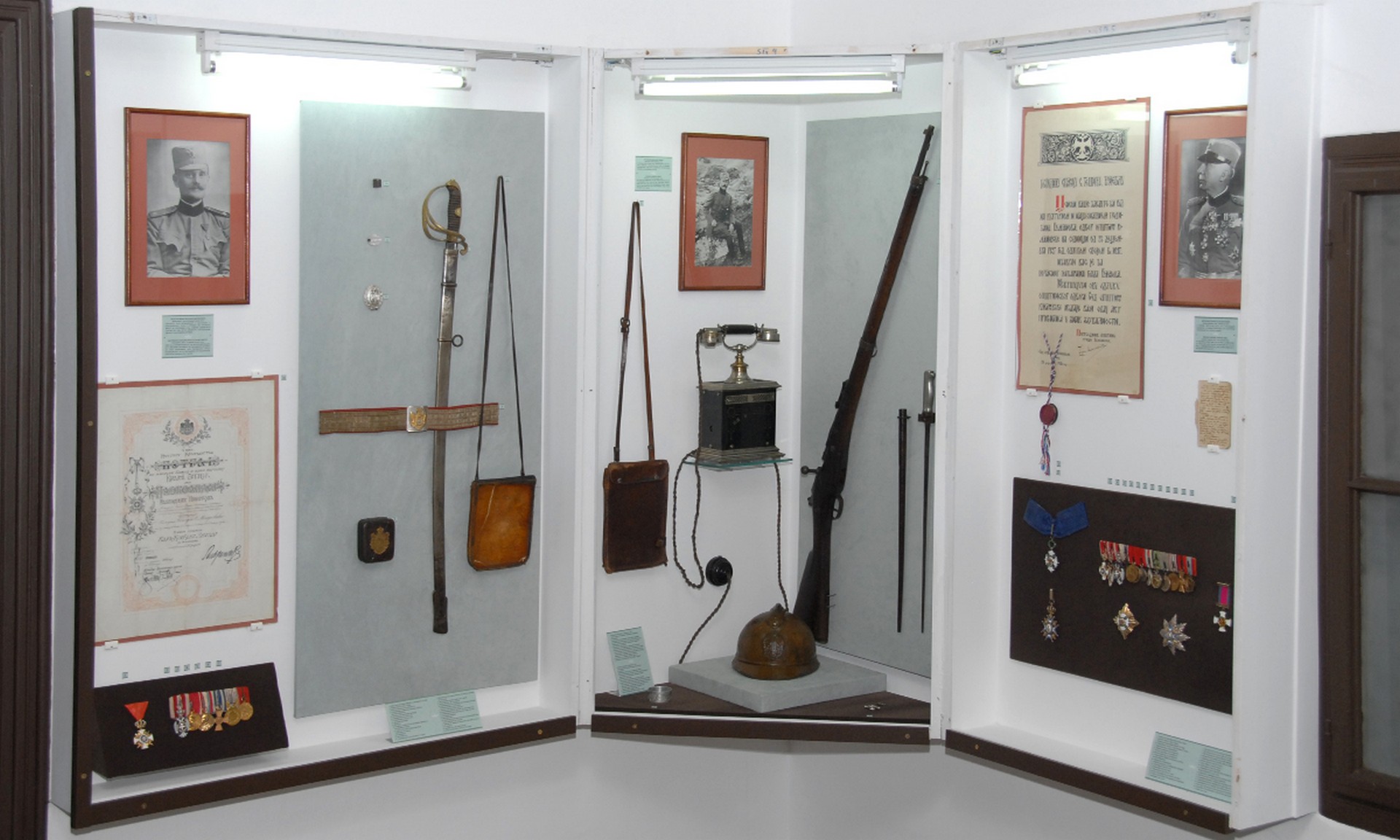 © N.Muzej Čačak
© N.Muzej Čačak
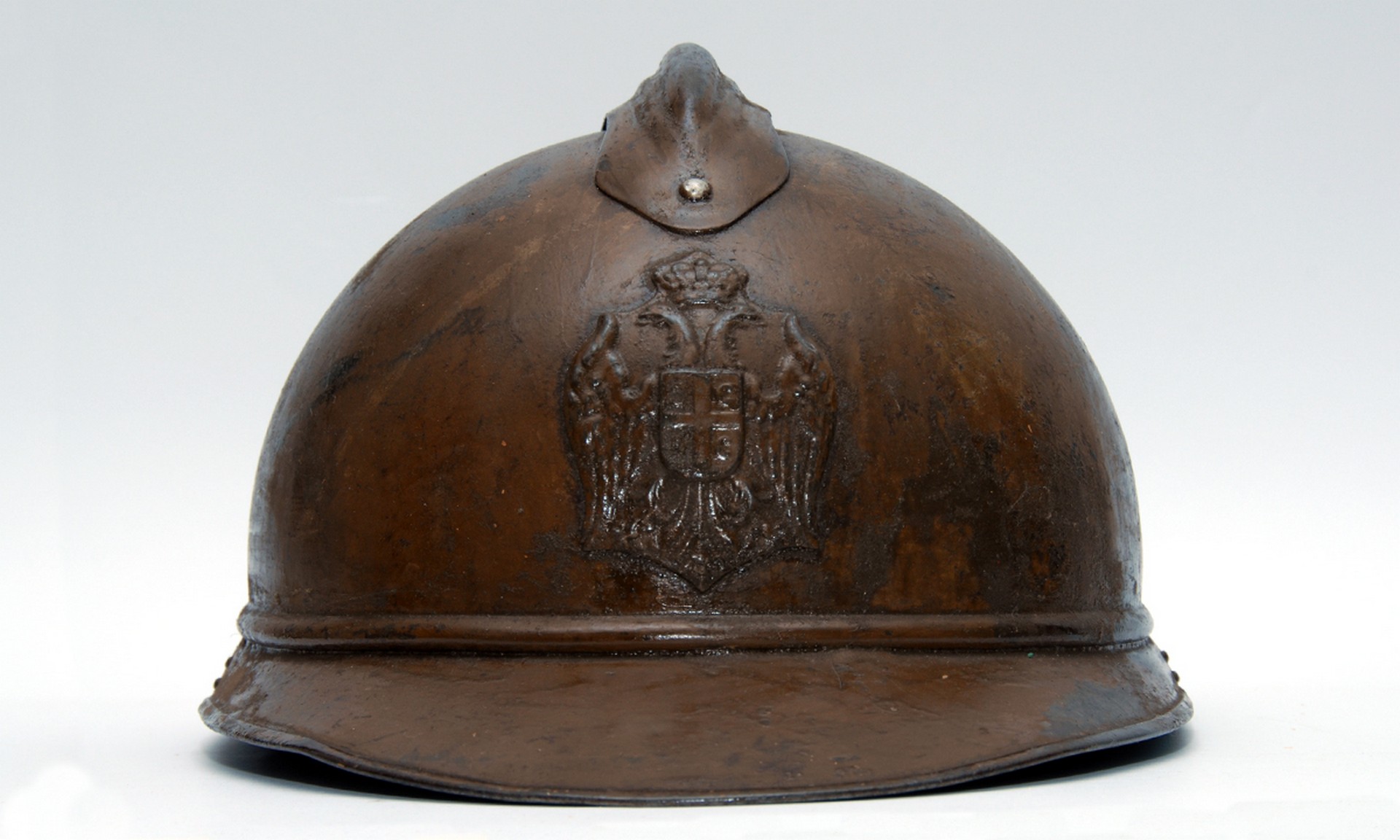 © N.Muzej Čačak
© N.Muzej Čačak
At the beginning of the 20th century, Čačak was the seat of the Tenth Infantry Regiment, which continued the traditions of the battalion of the standing army of the same name, formed after the Second Serbian-Ottoman War in 1878 In the First Balkan War, the Tenth Infantry Regiment of the...
After the end of the Balkan Wars, at the very beginning of the First World War in September and October 1914, the famous Tenth Regiment of the Second Call from Čačak fought on the approaches to the Drina, the direction of entry of the Austrian army On the Serbian front...
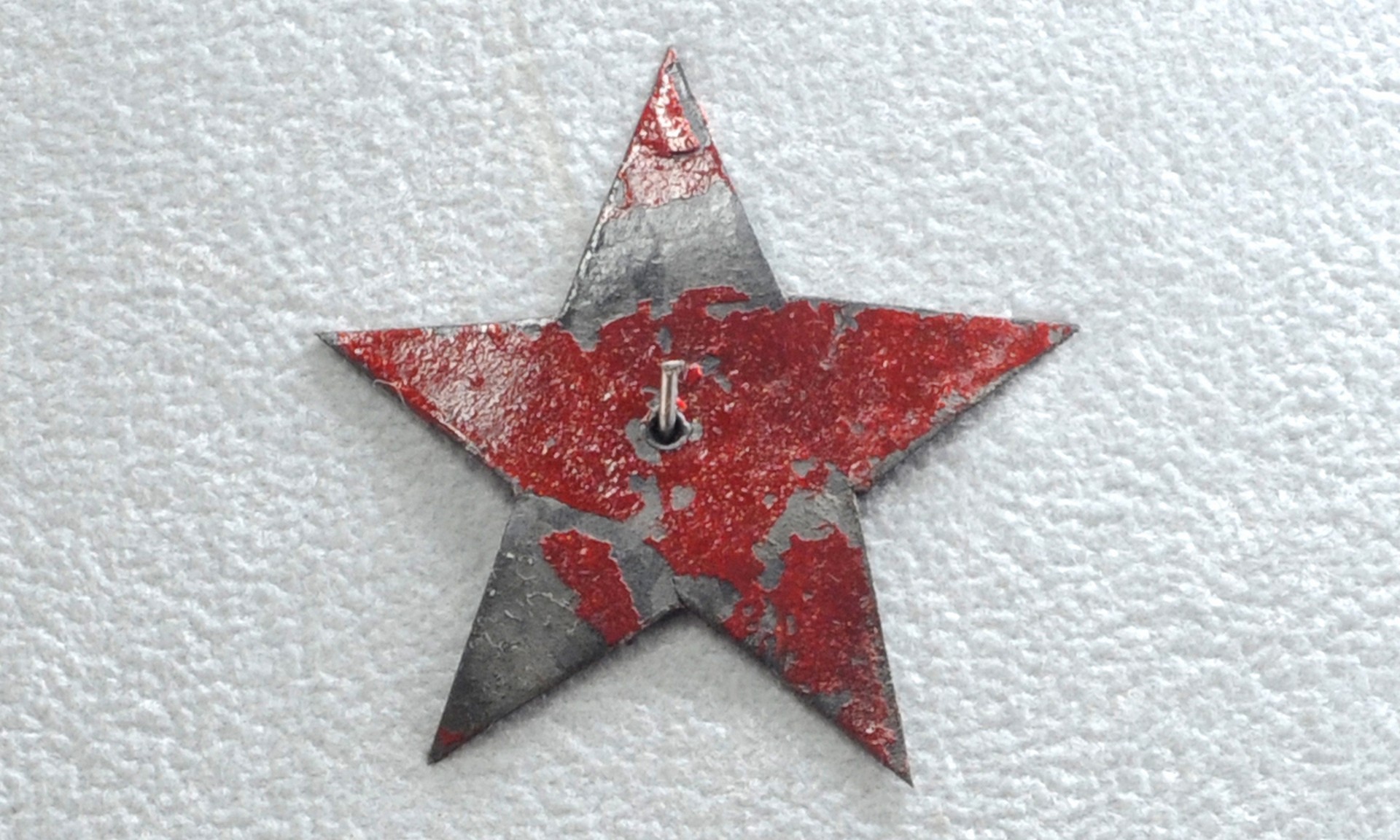 © N.Muzej Čačak
© N.Muzej Čačak
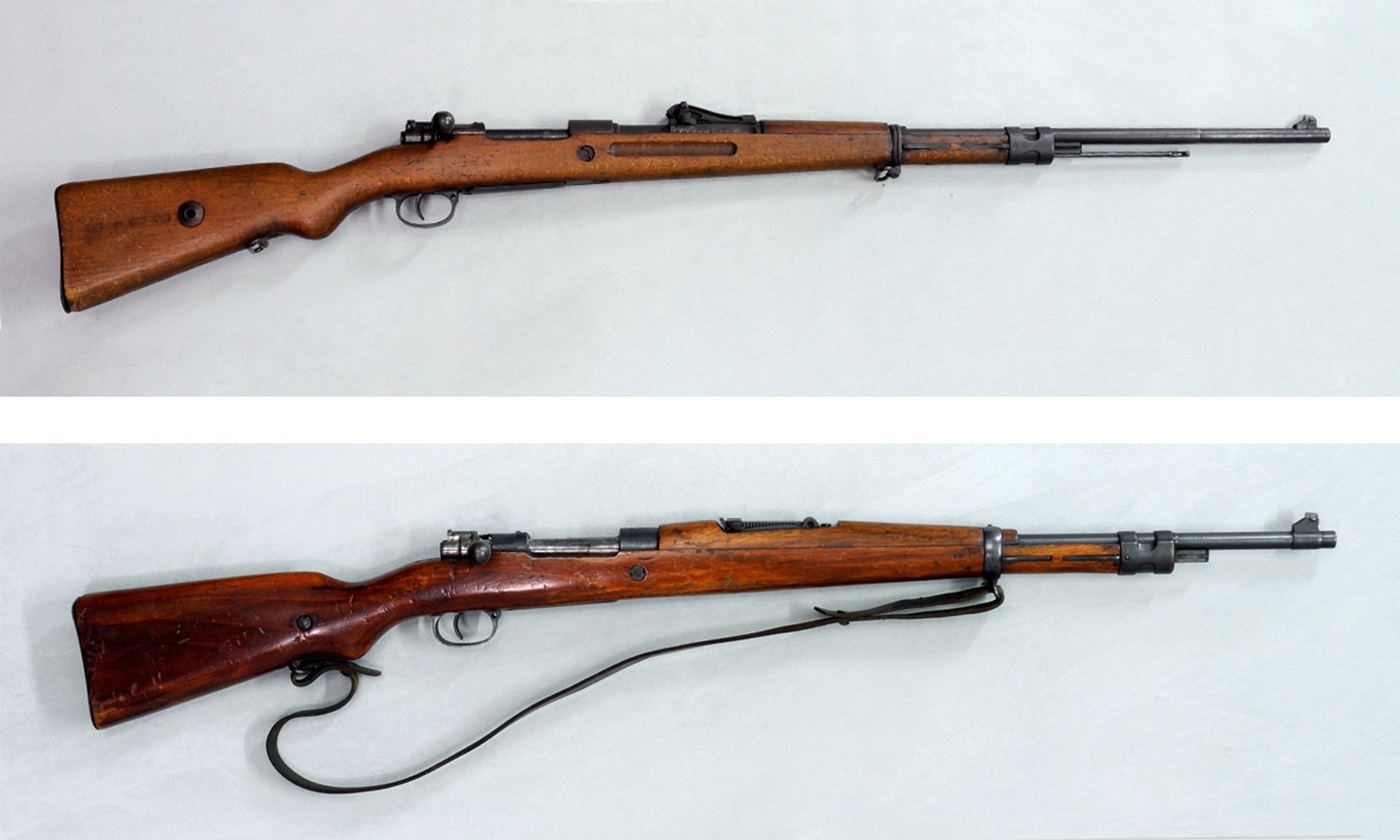 © N.Muzej Čačak
© N.Muzej Čačak
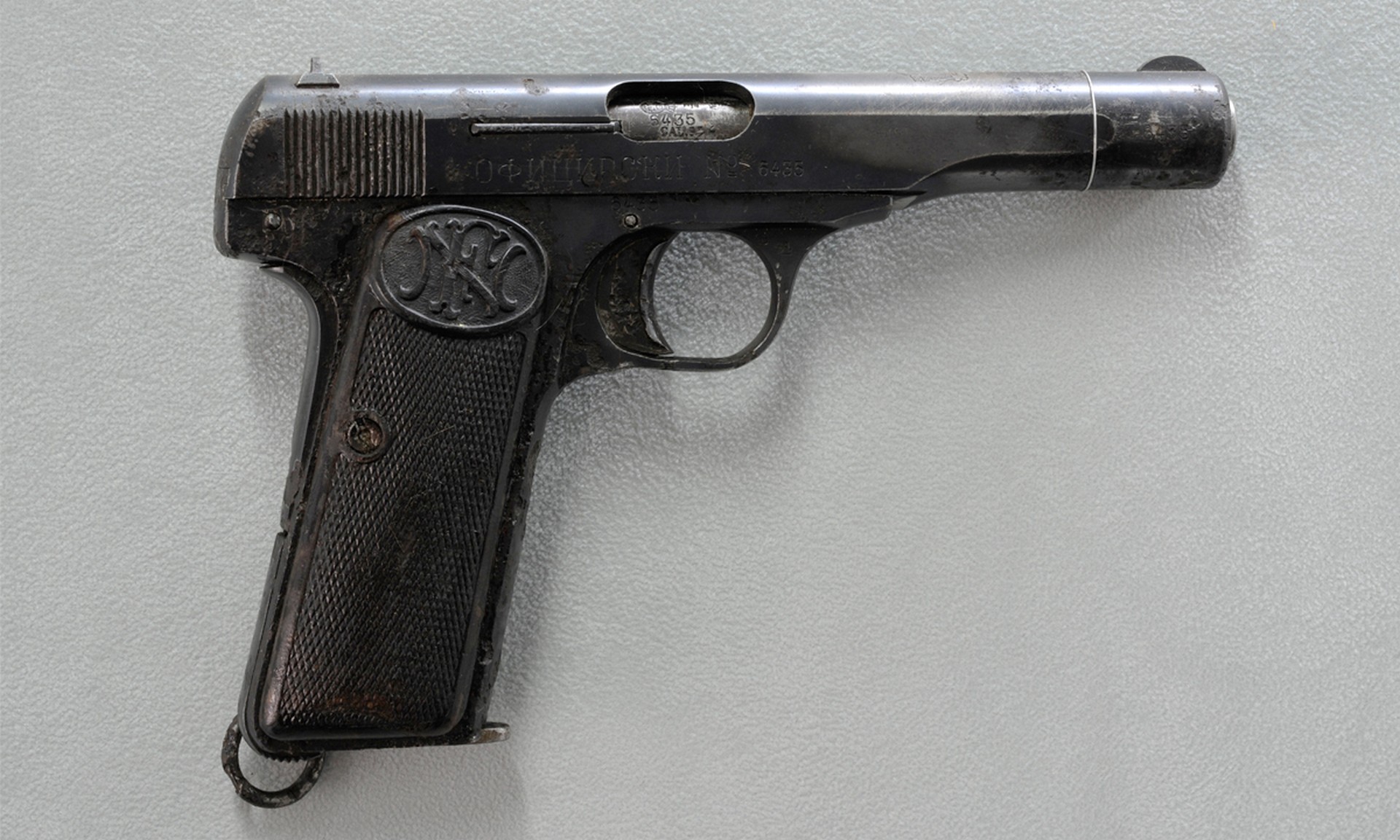 © N.Muzej Čačak
© N.Muzej Čačak
At the beginning of the Second World War, in April 1941, Čačak was for a short time the seat of the command of the Fifth Army of the Kingdom of Yougoslavia Air force planes from the airport in Preljina bombed German attack columns on the border with Bulgaria Units of...
Supported by The Ministry of Culture and Information of Repulic of Serbia in 2021.